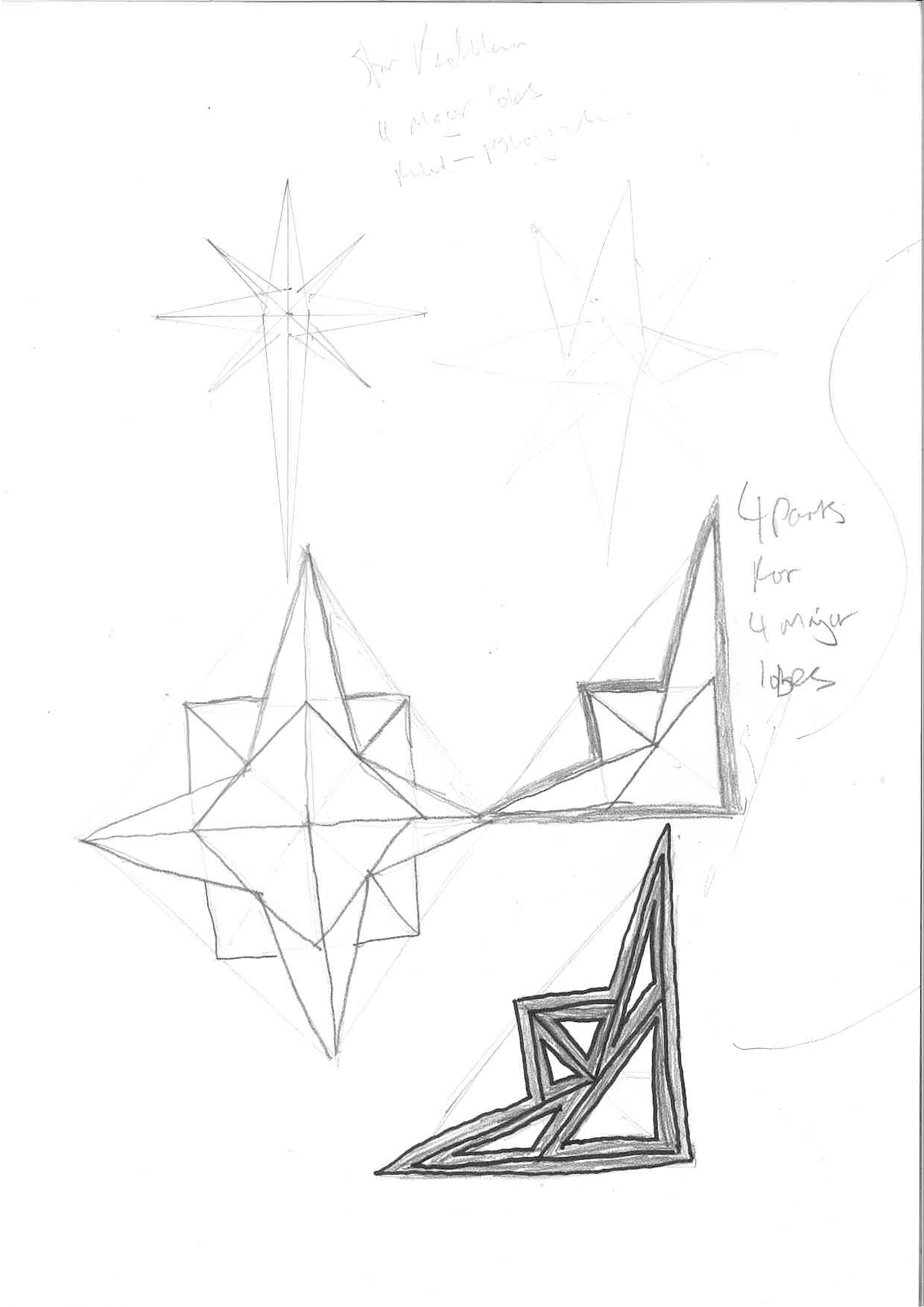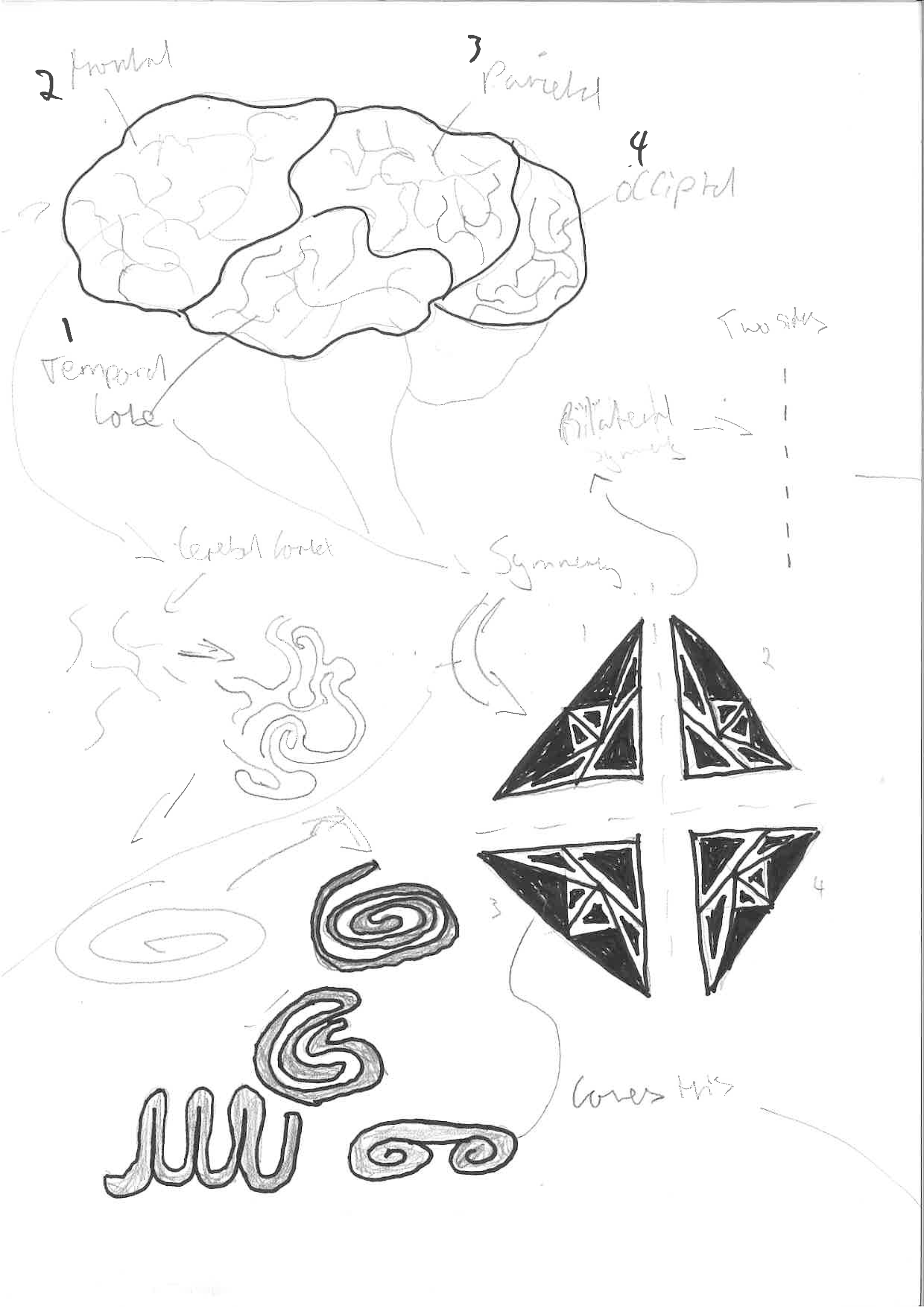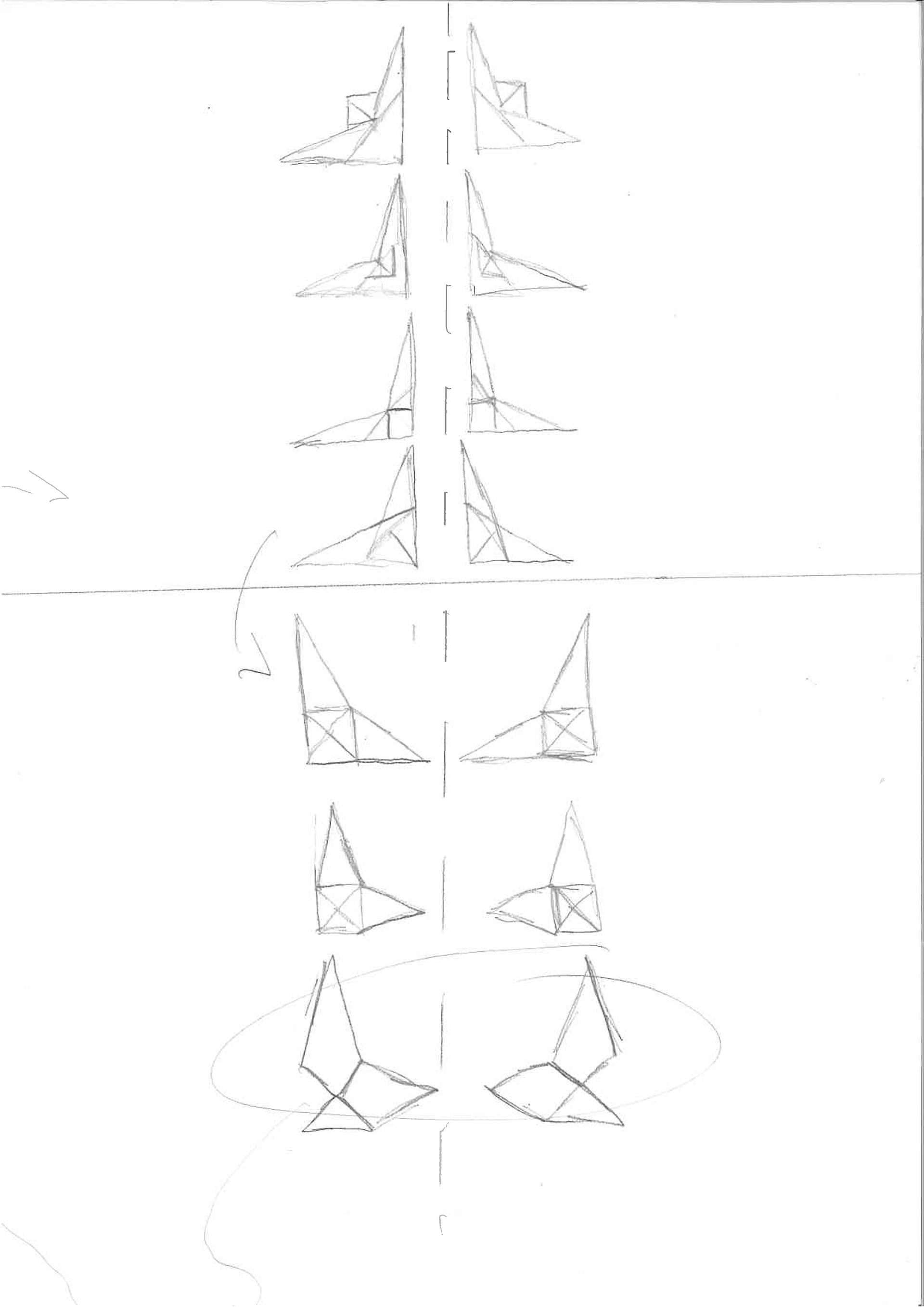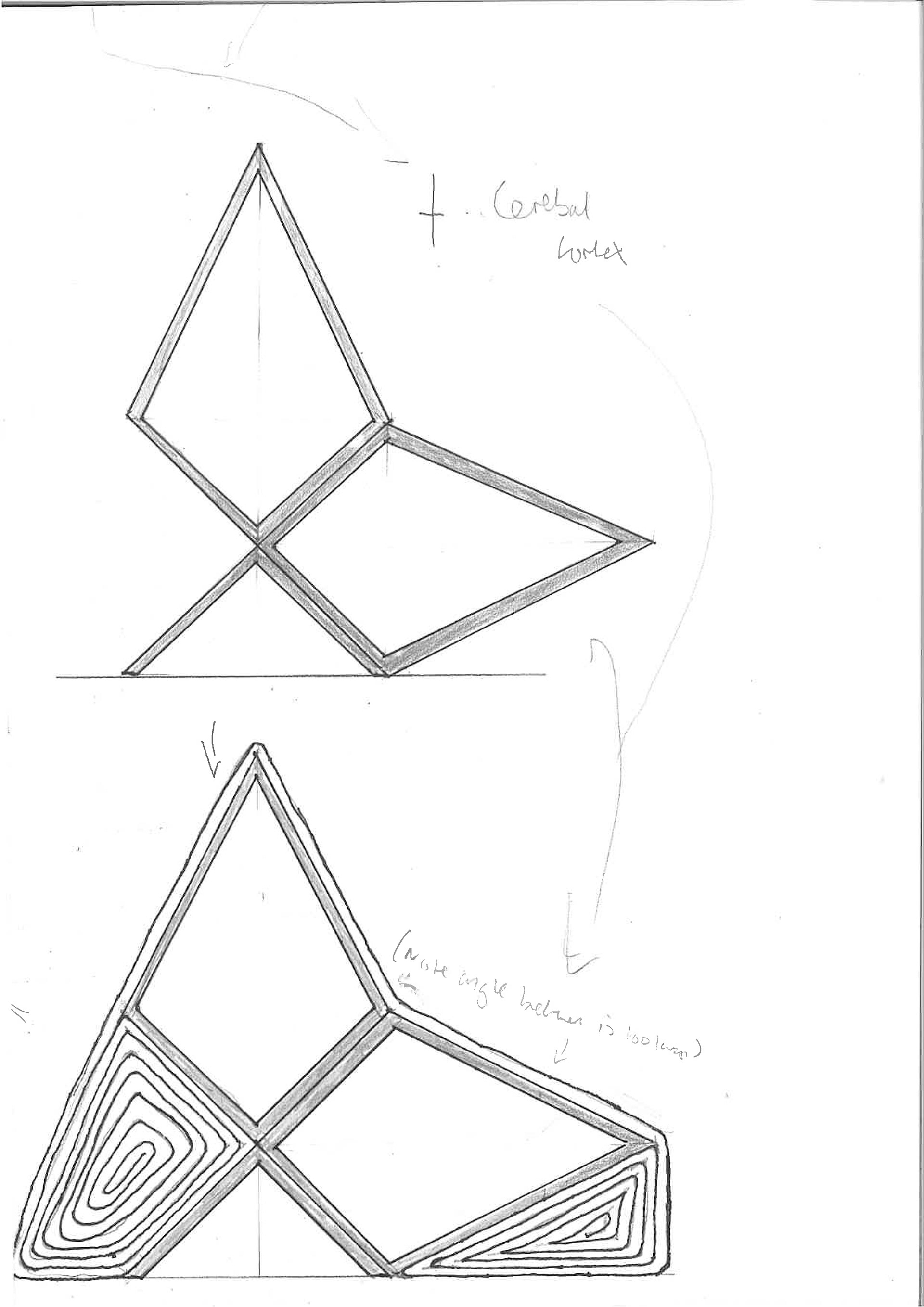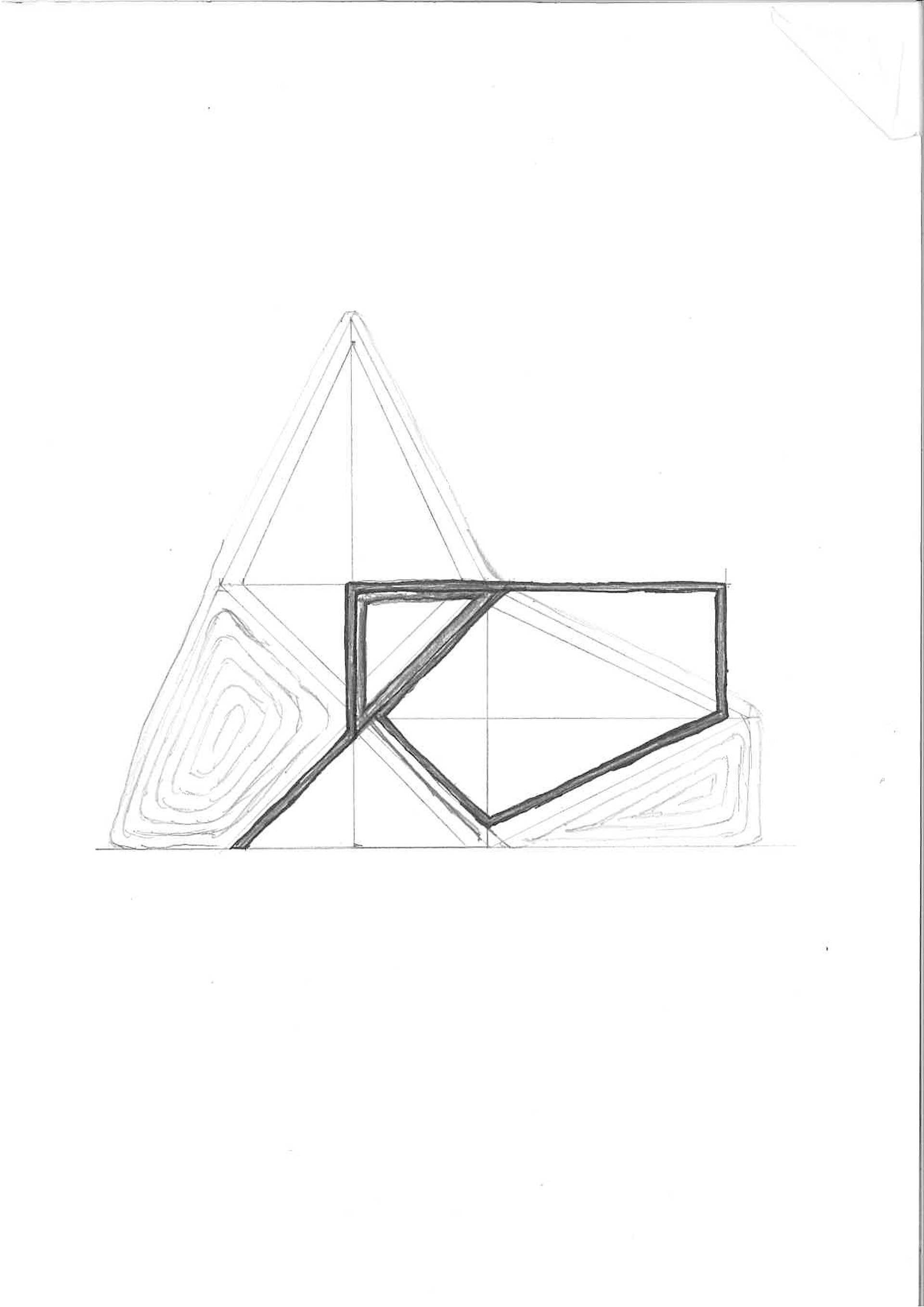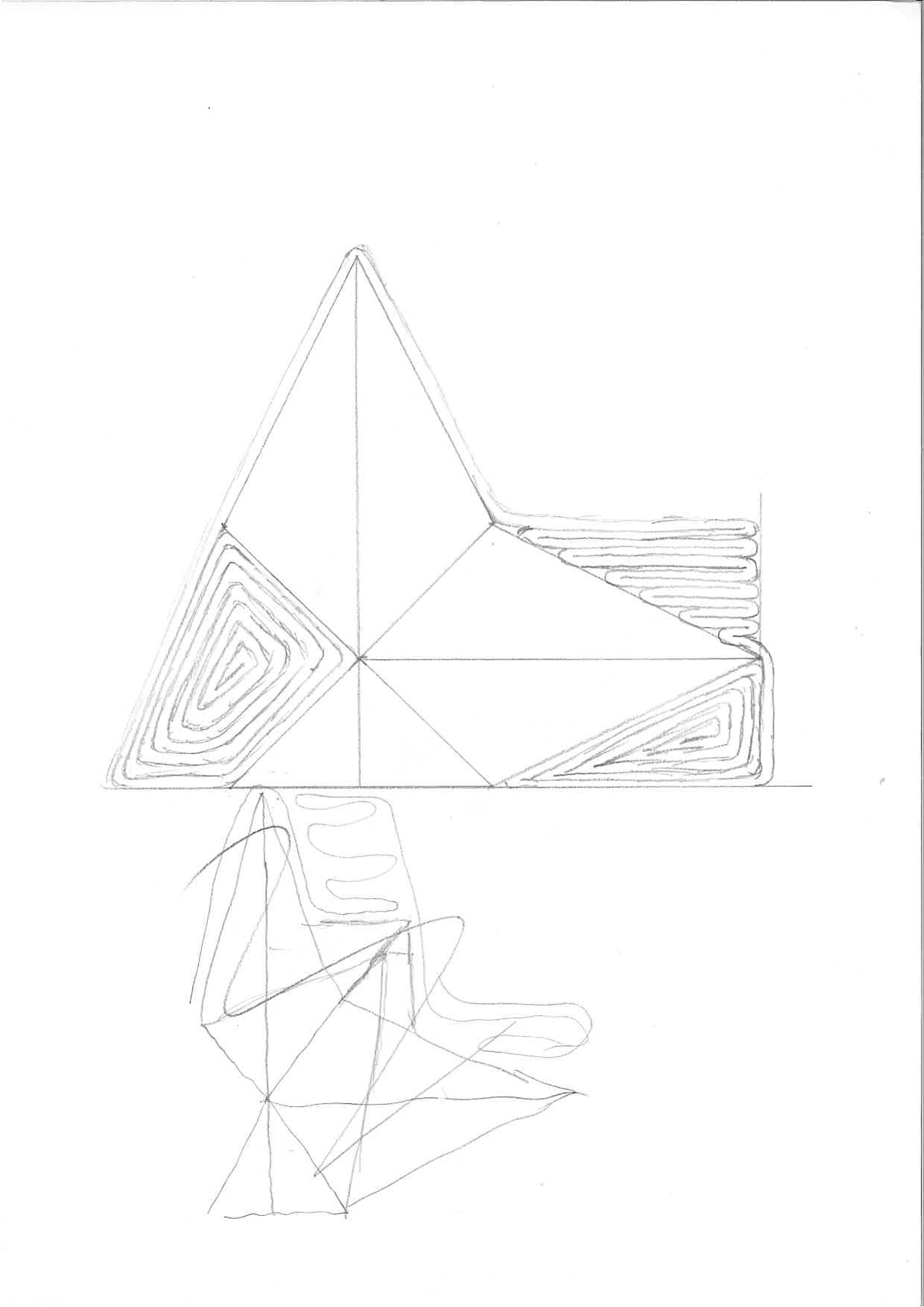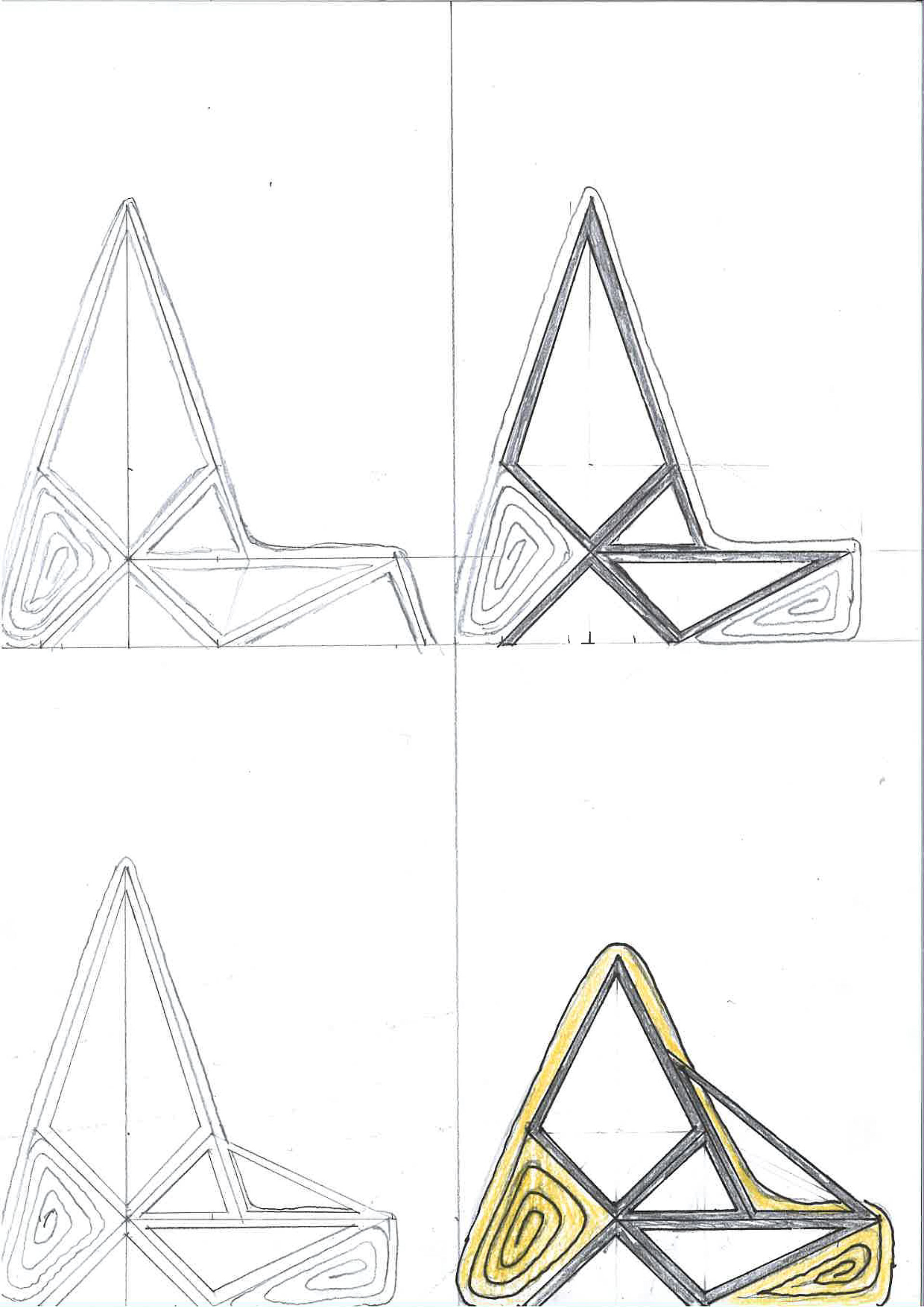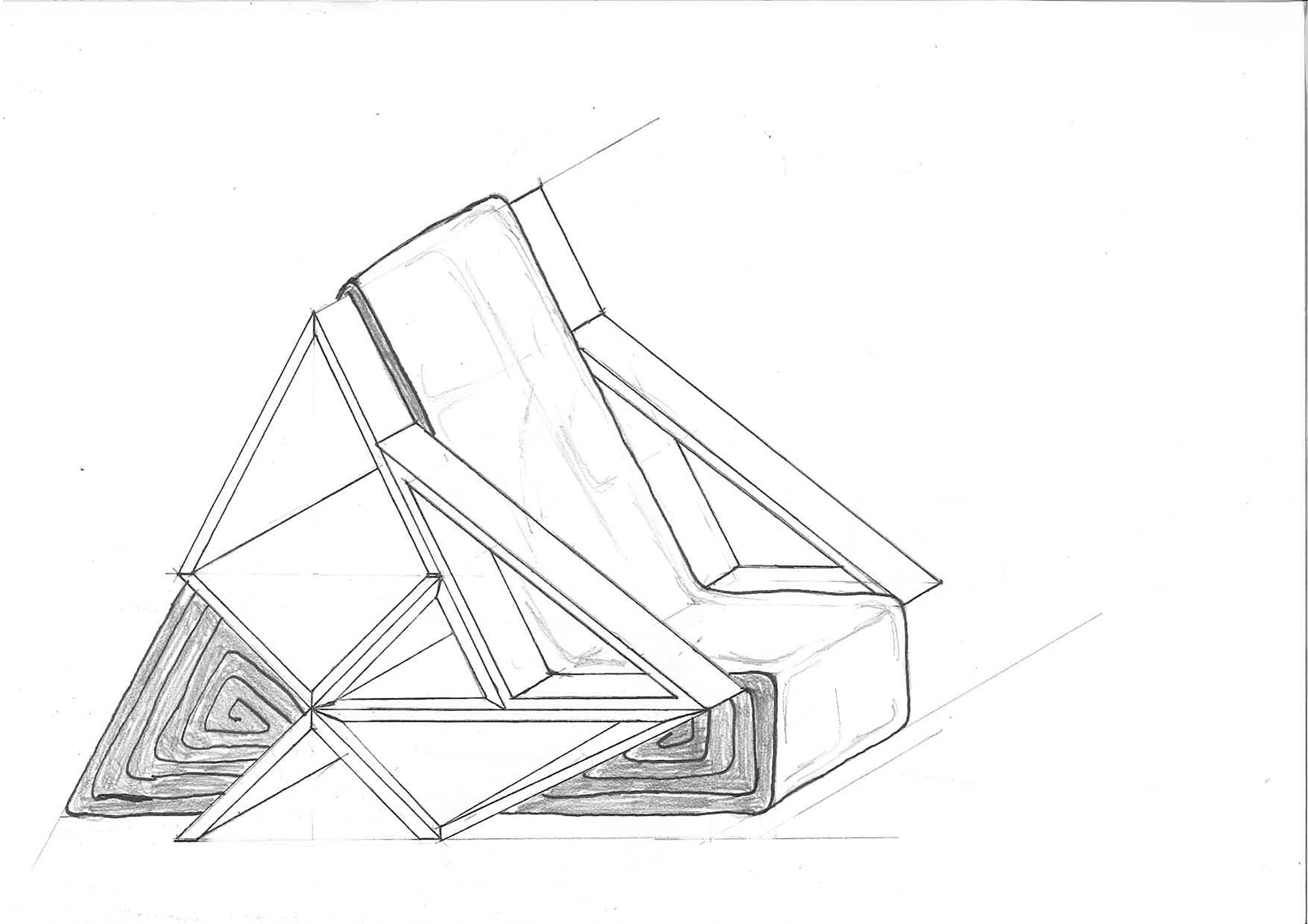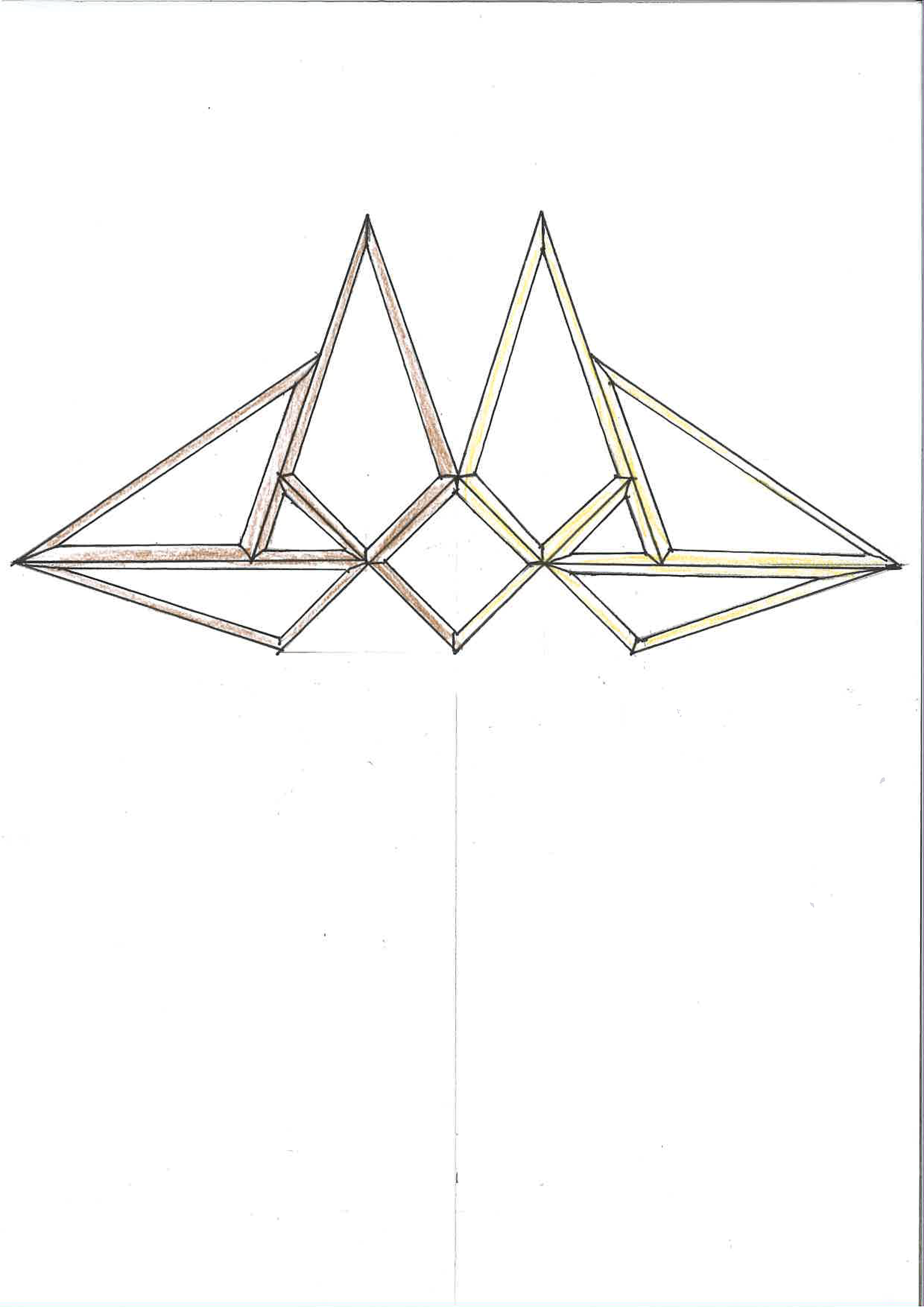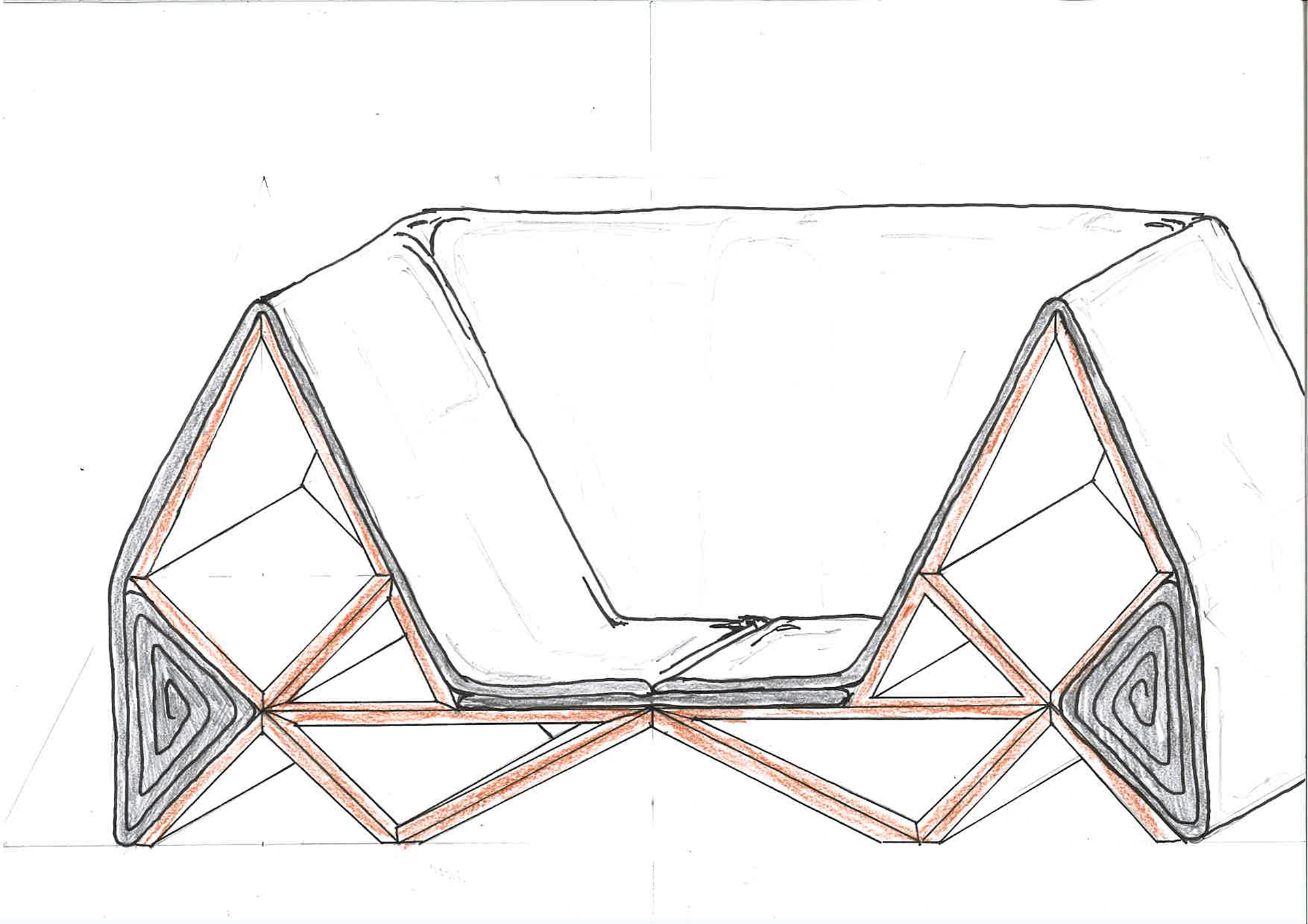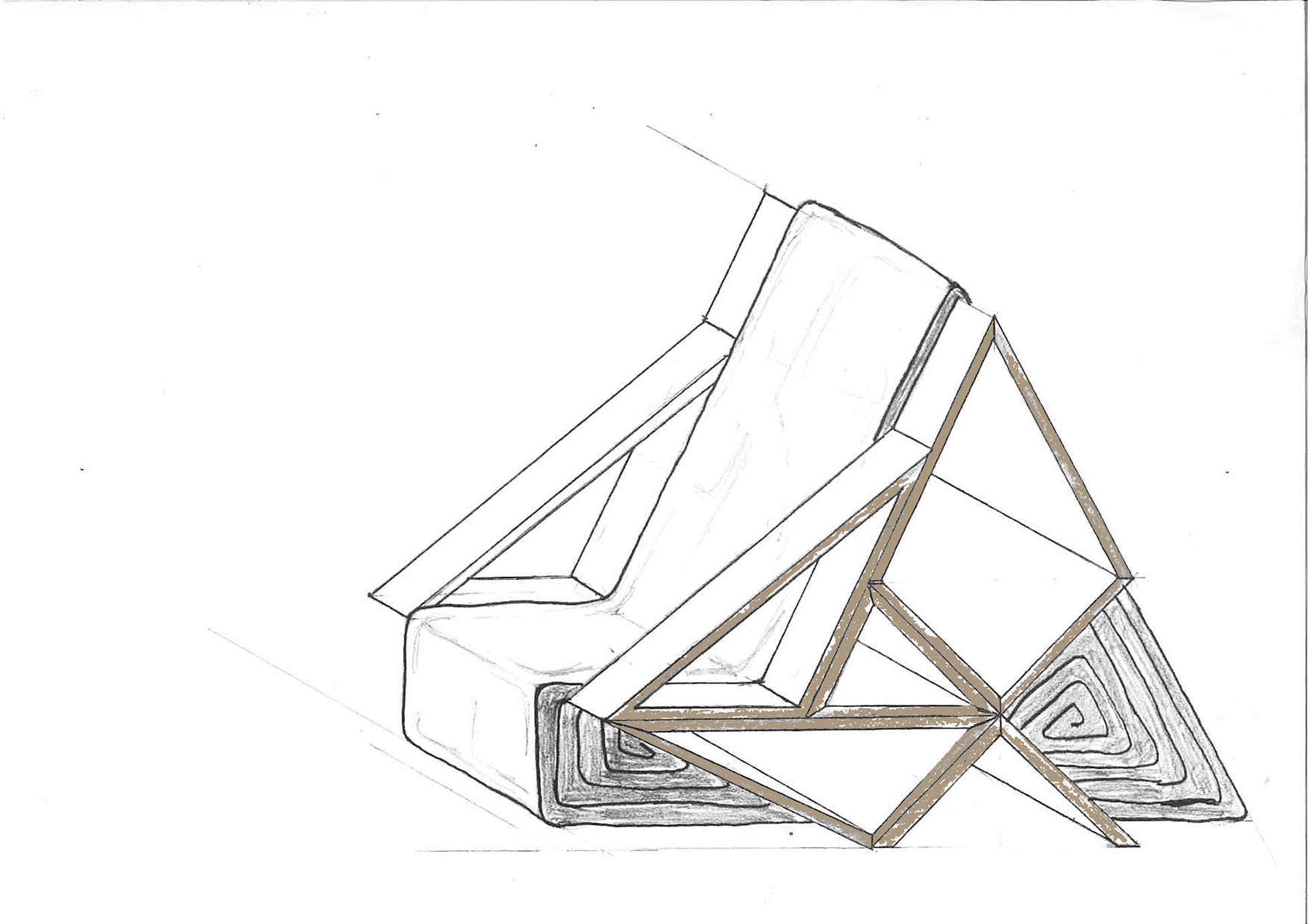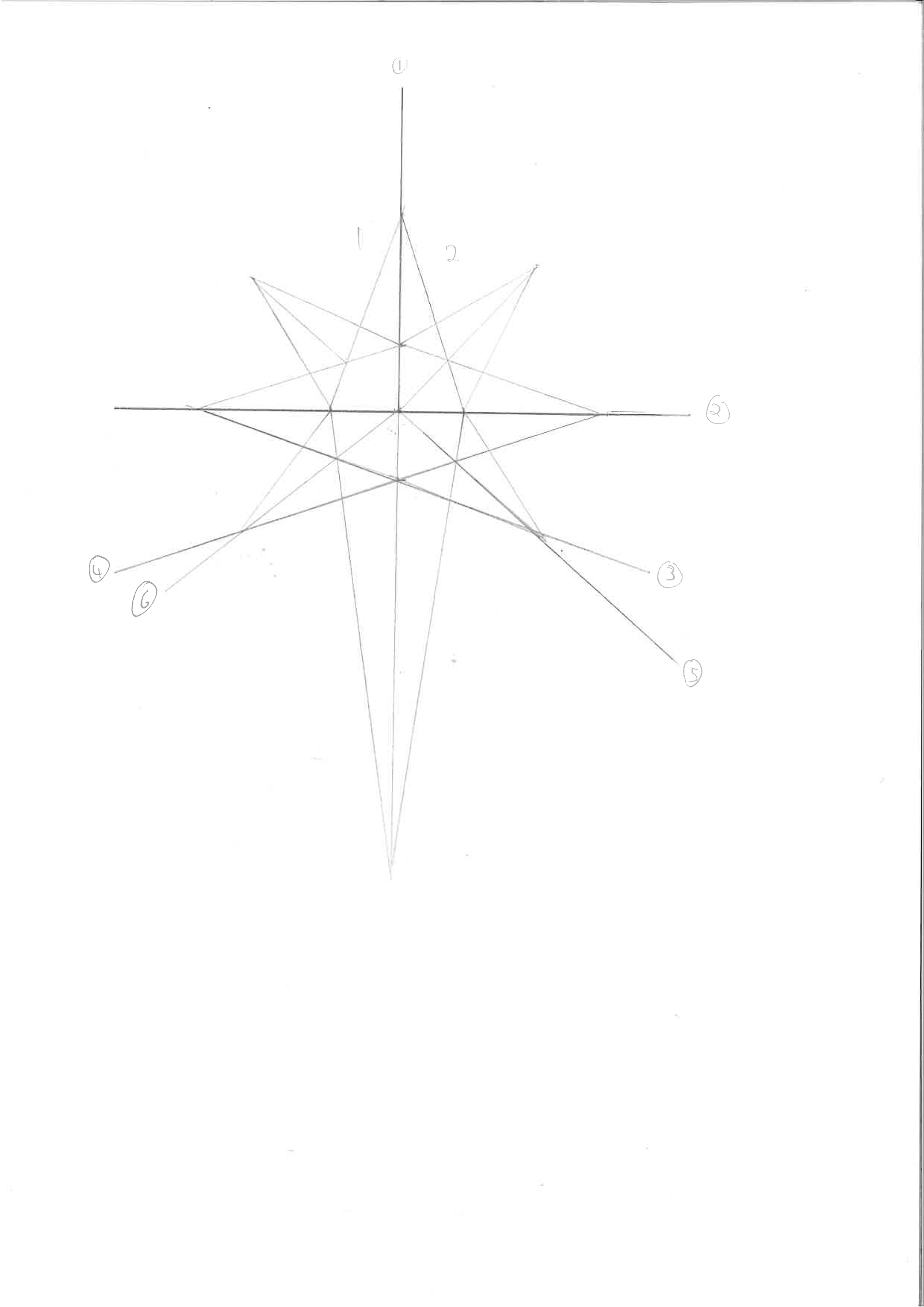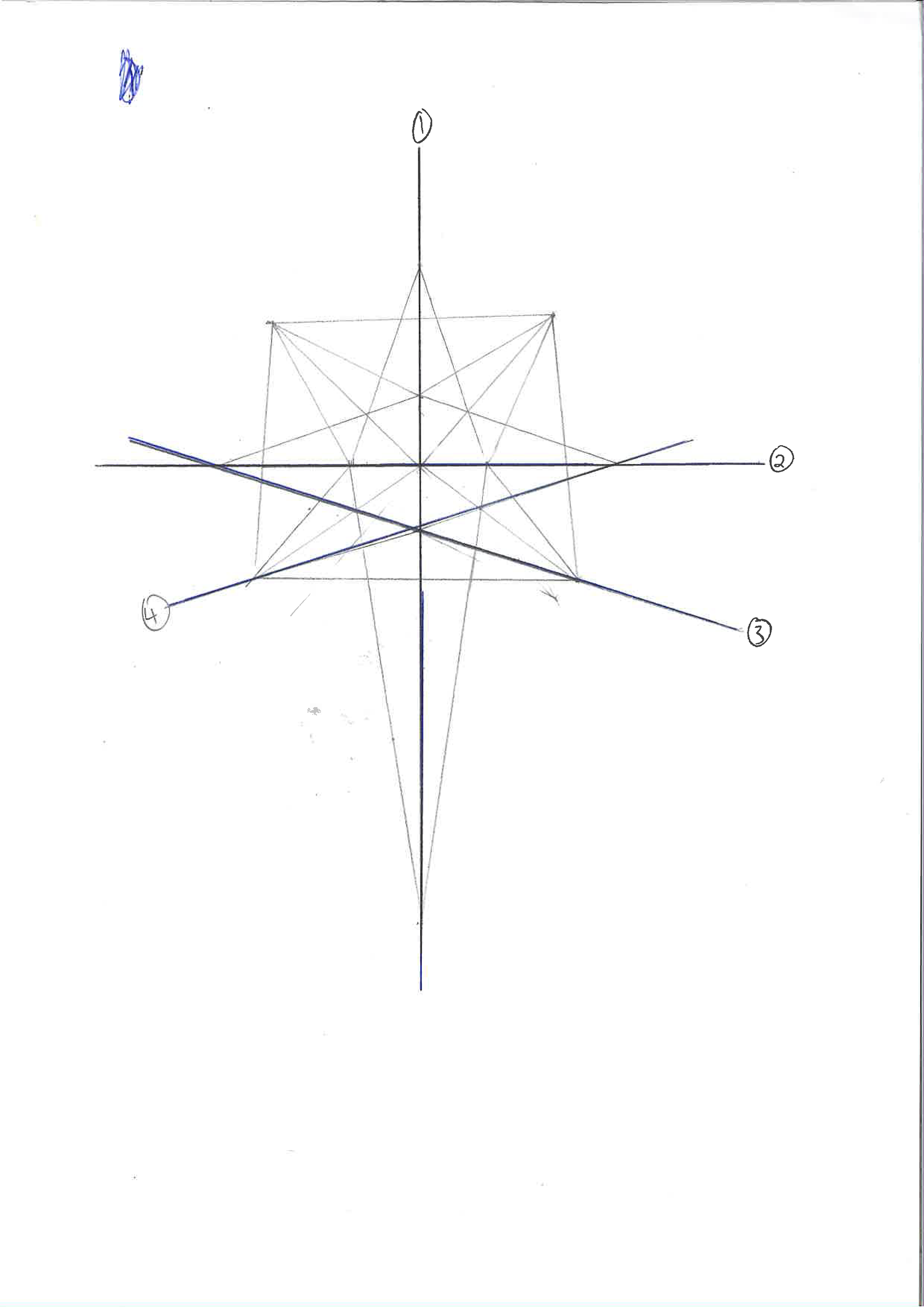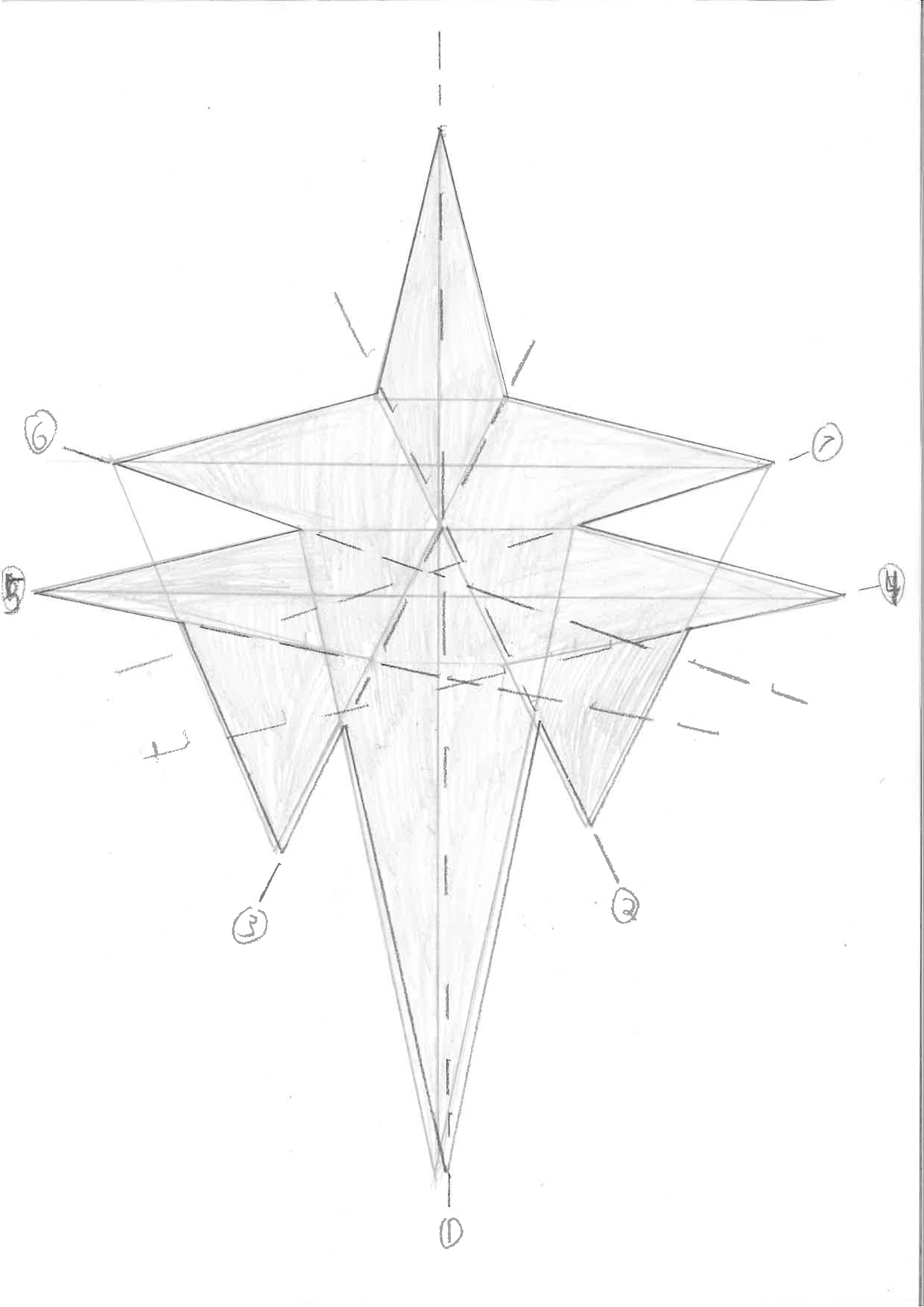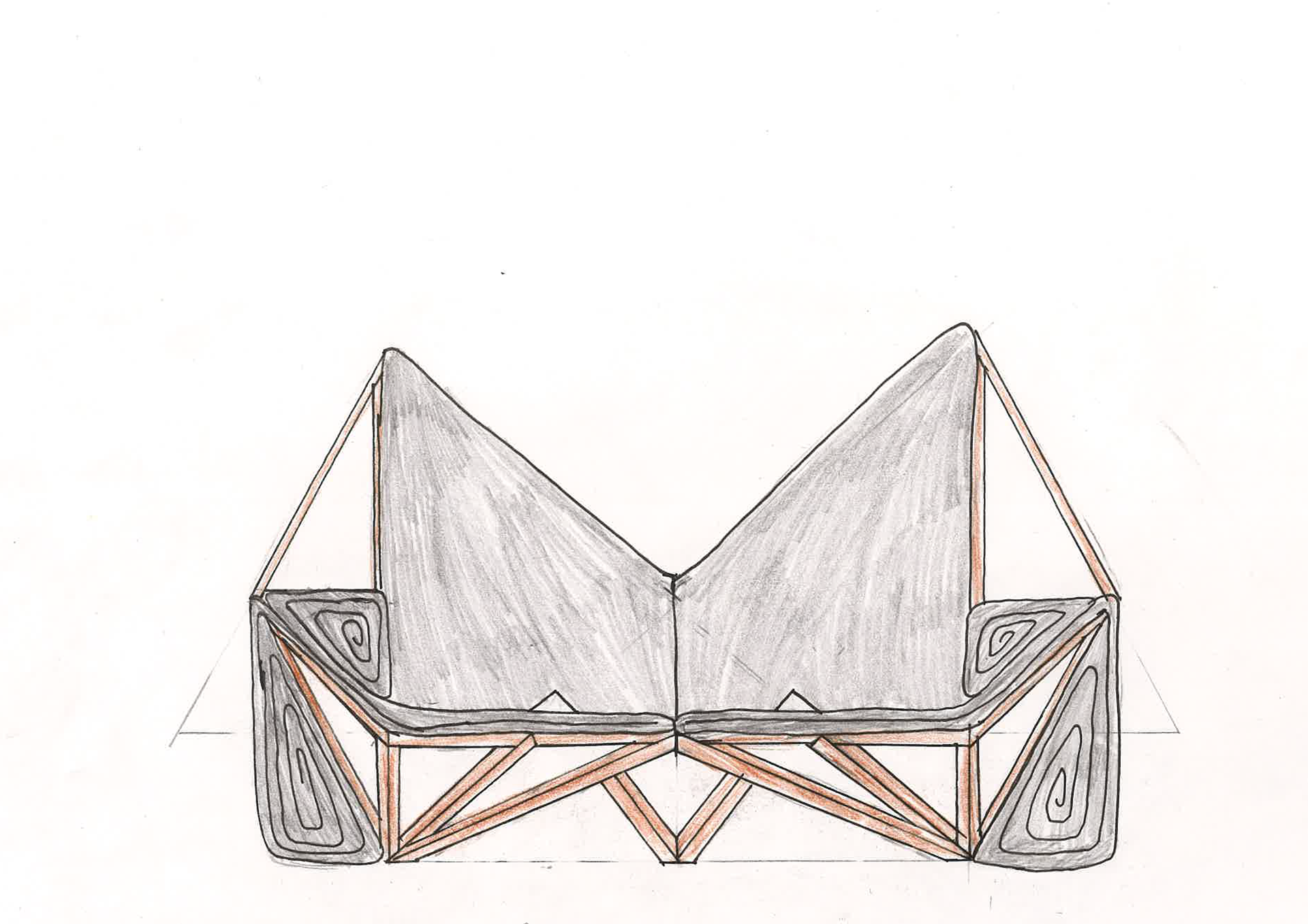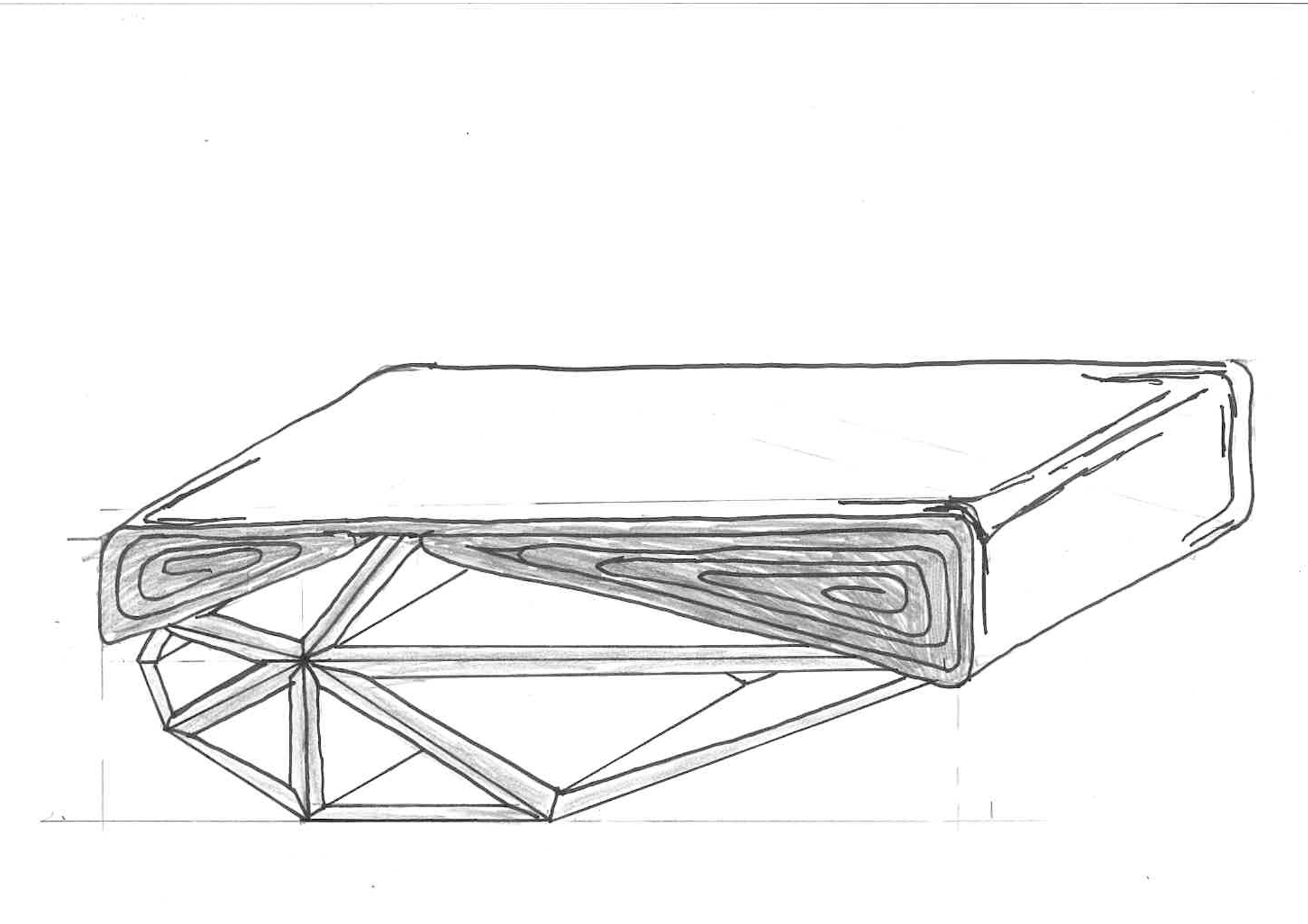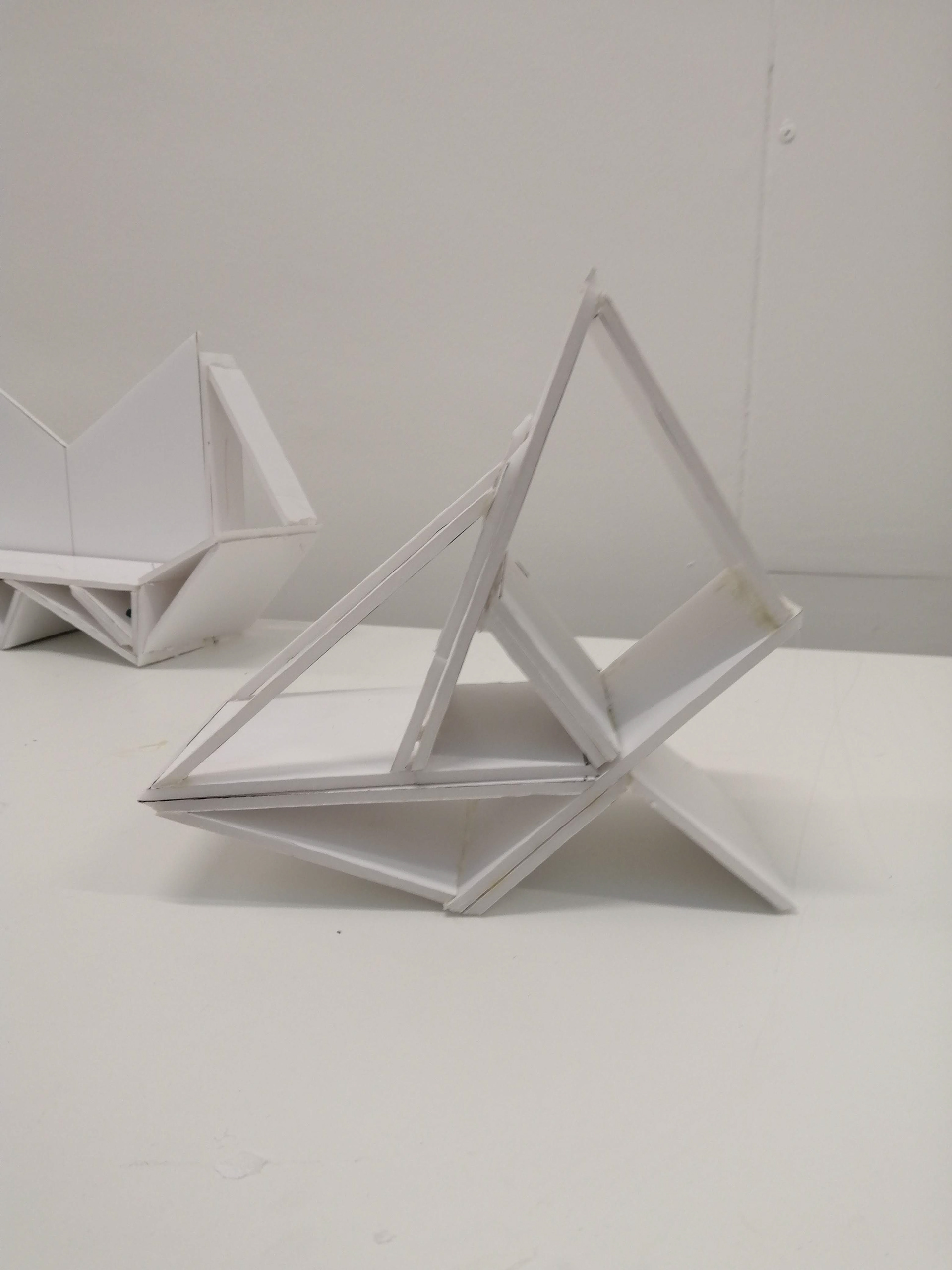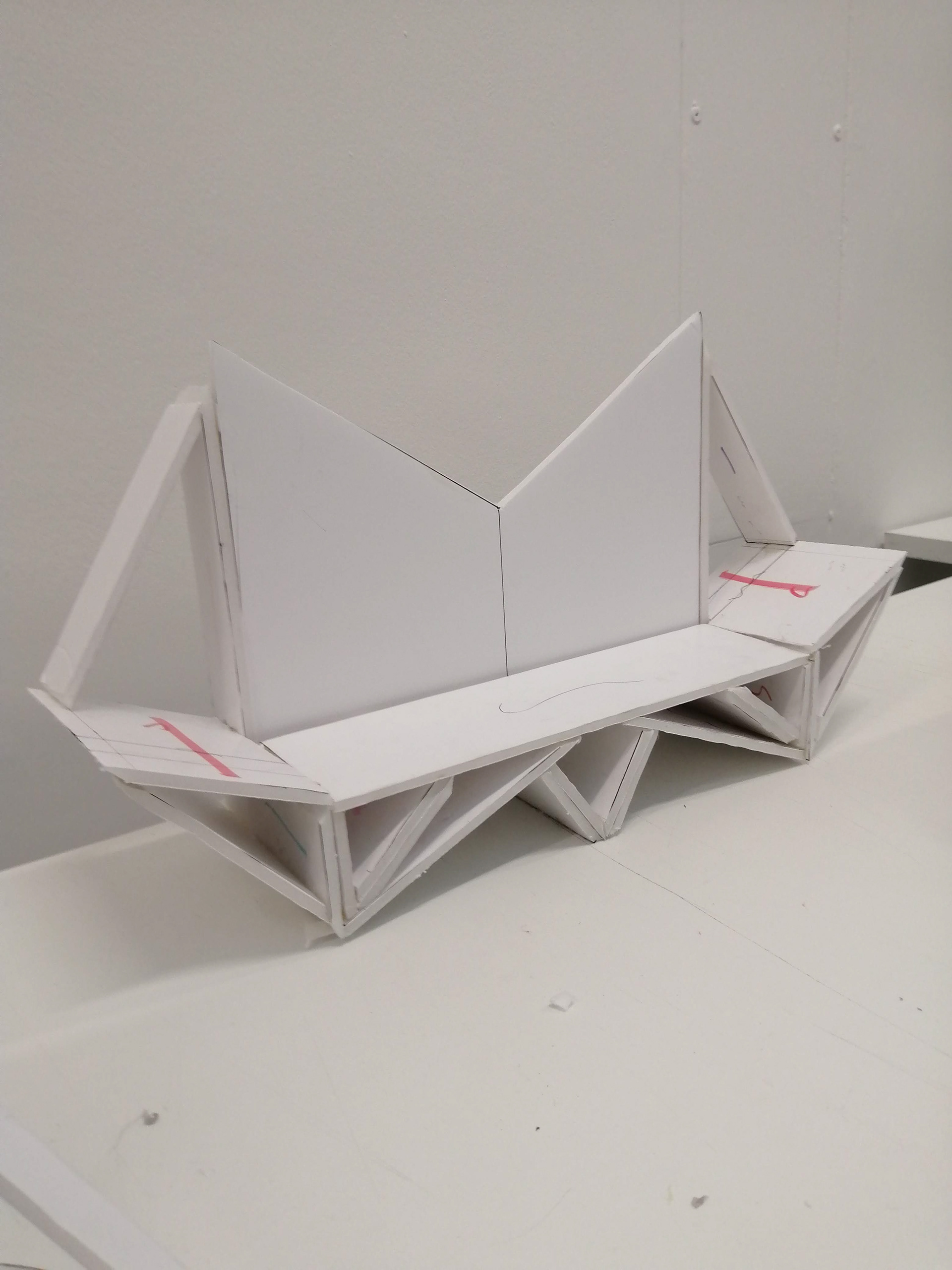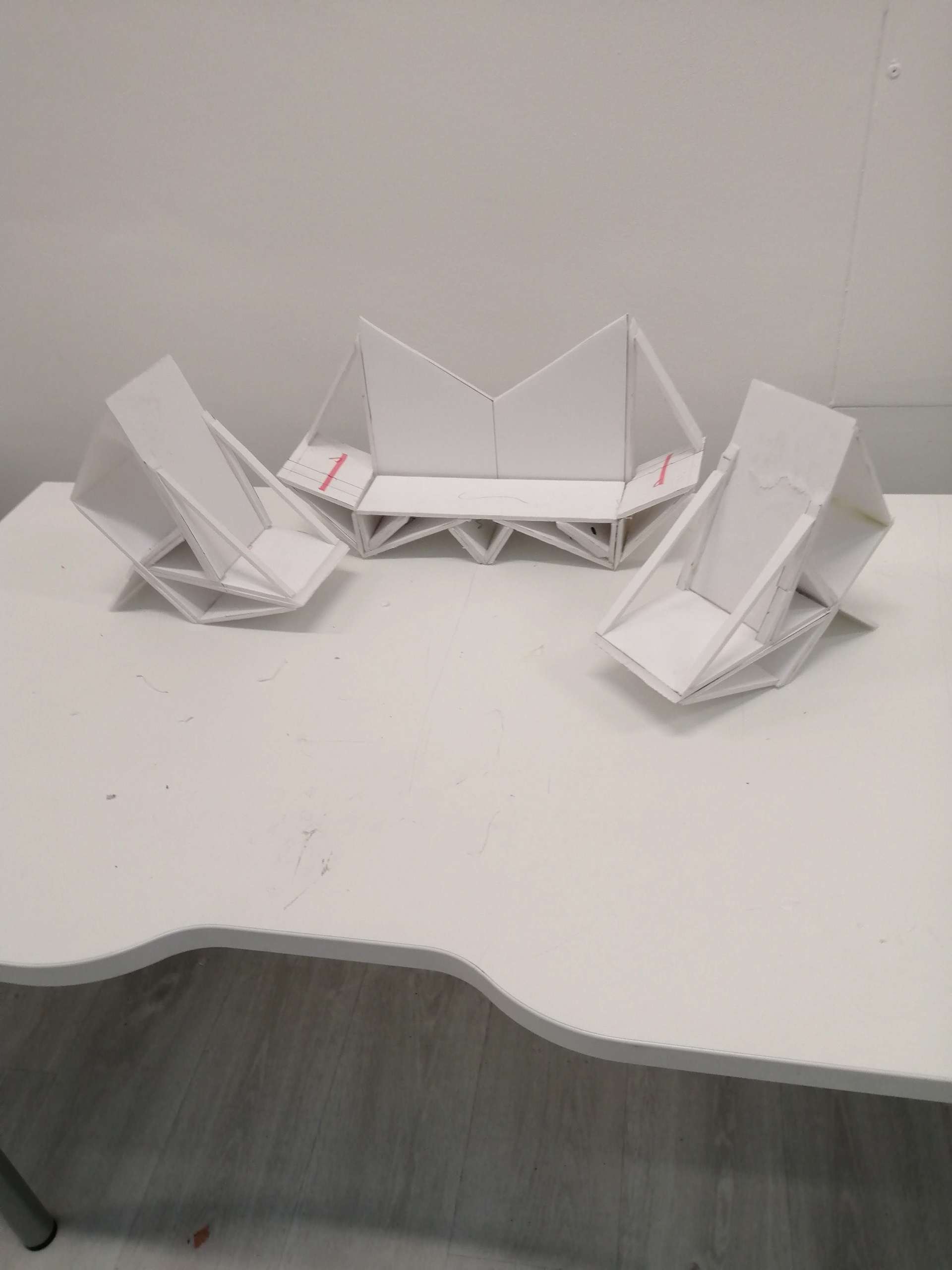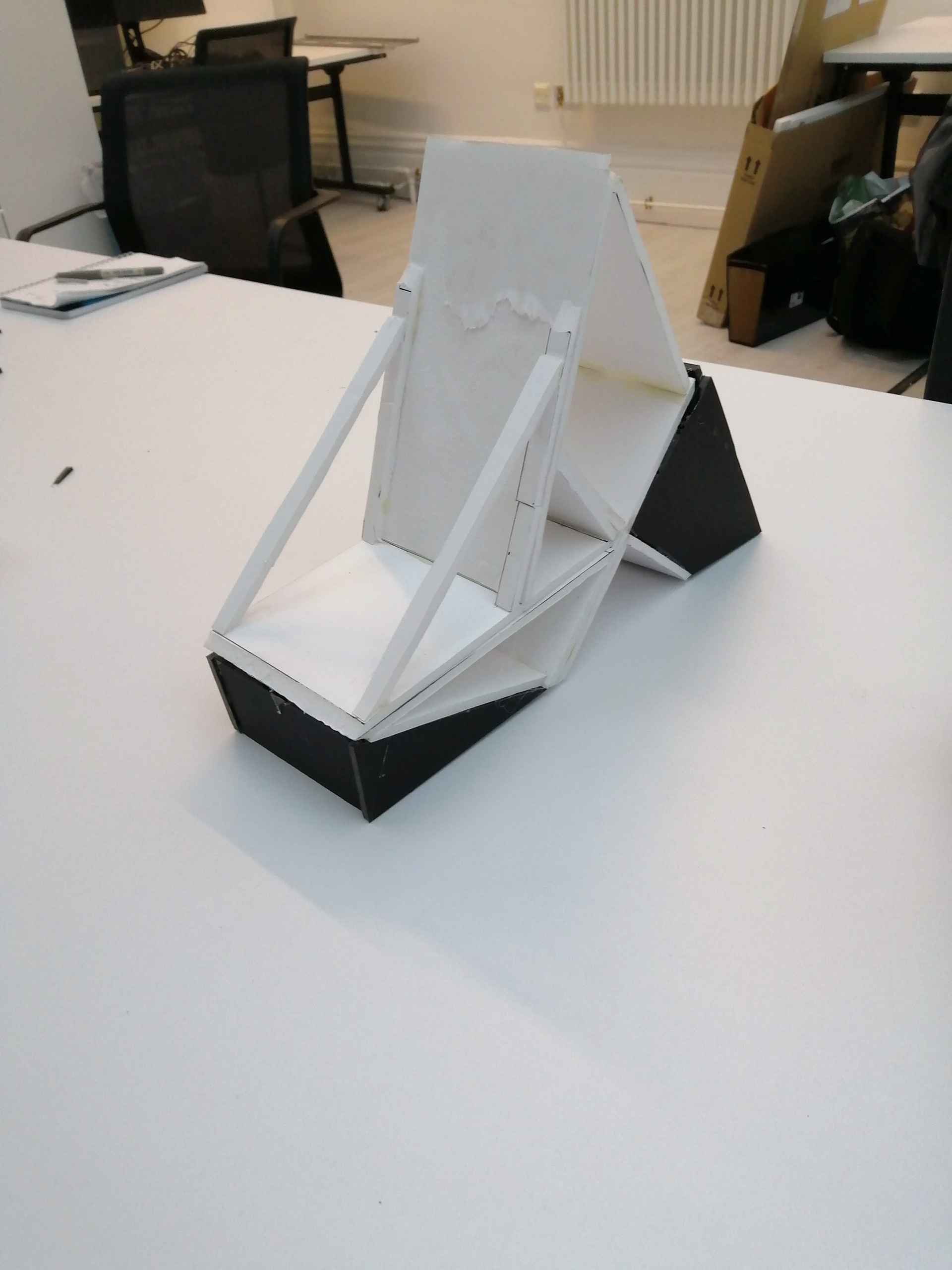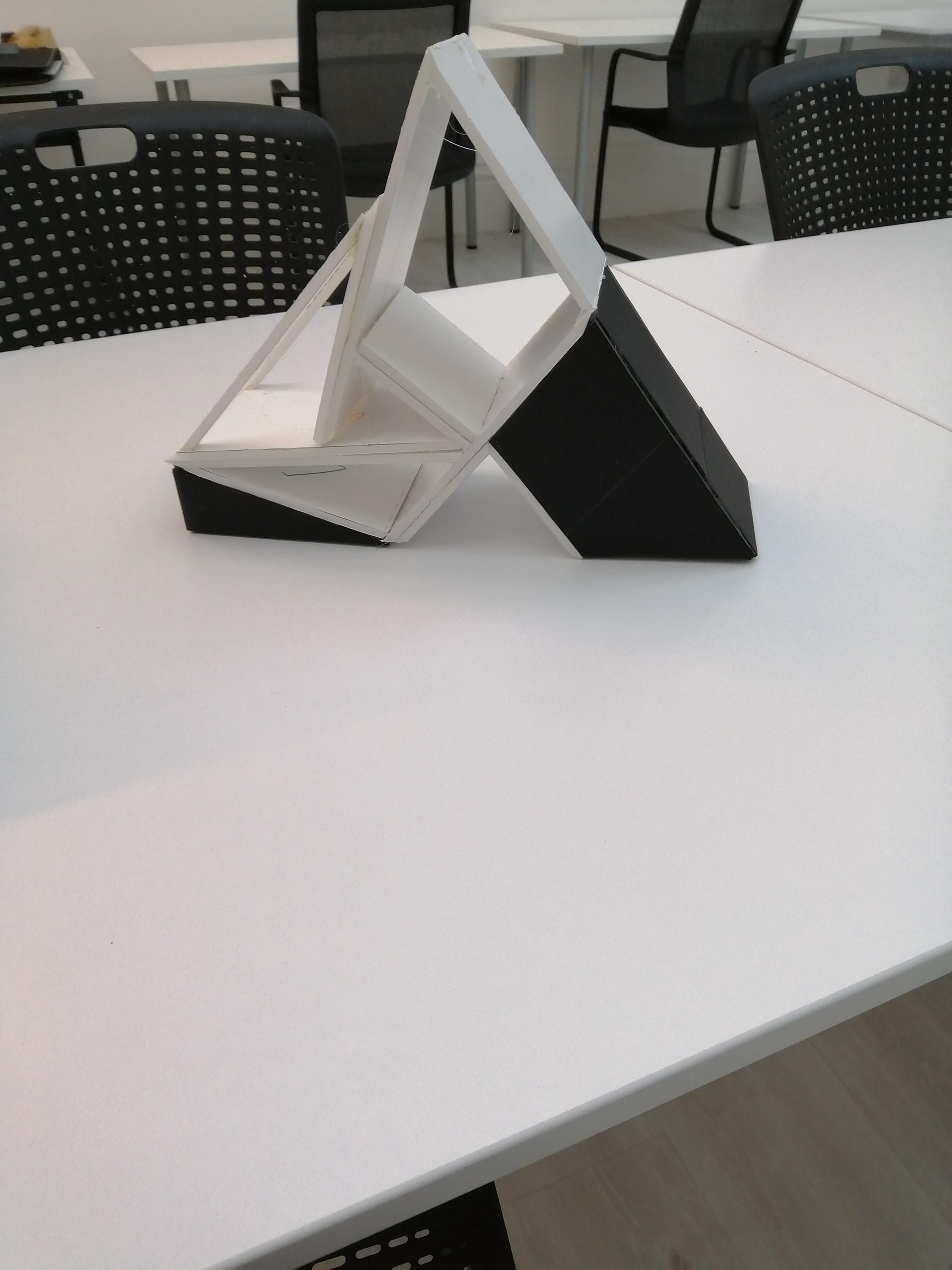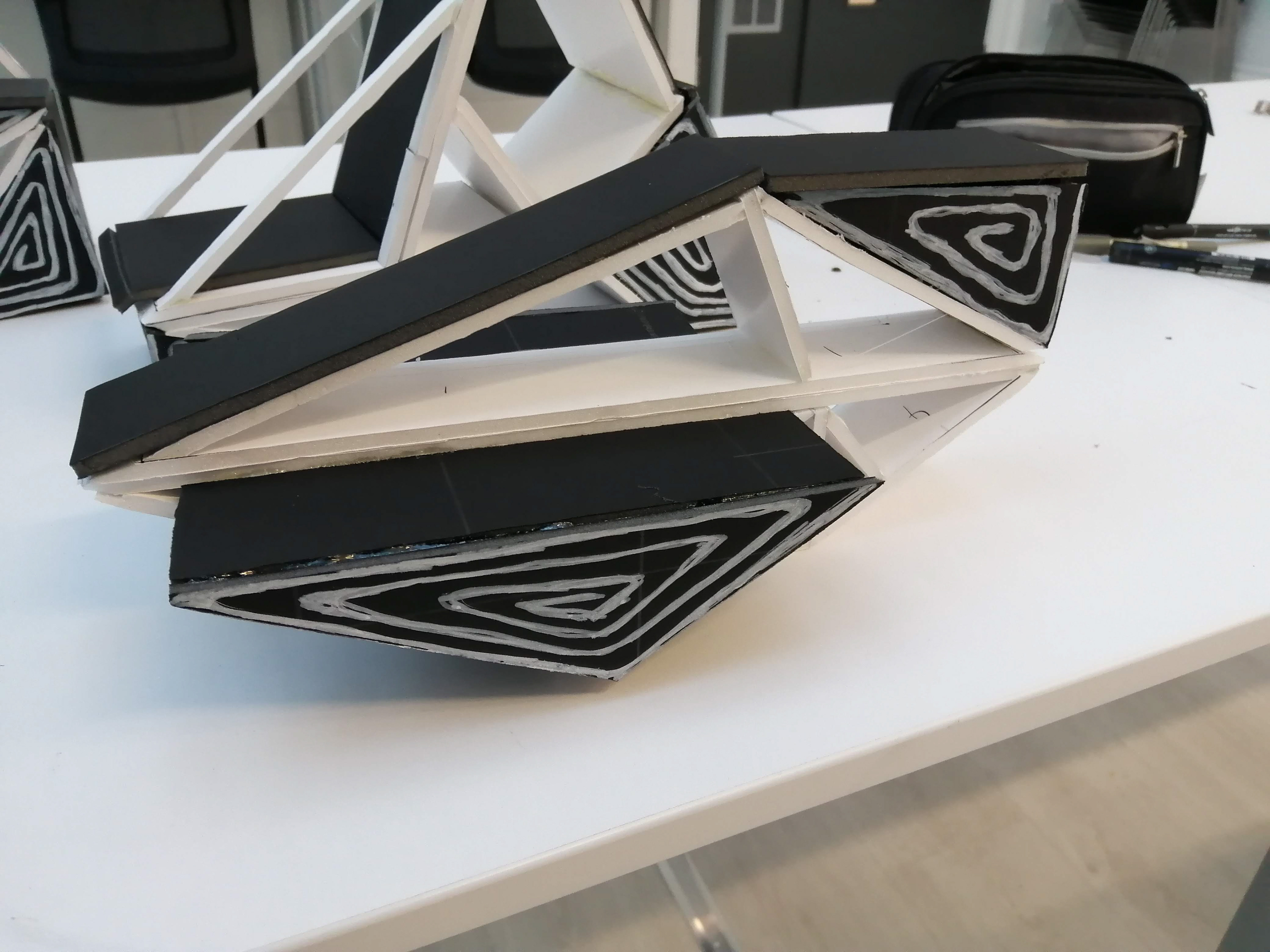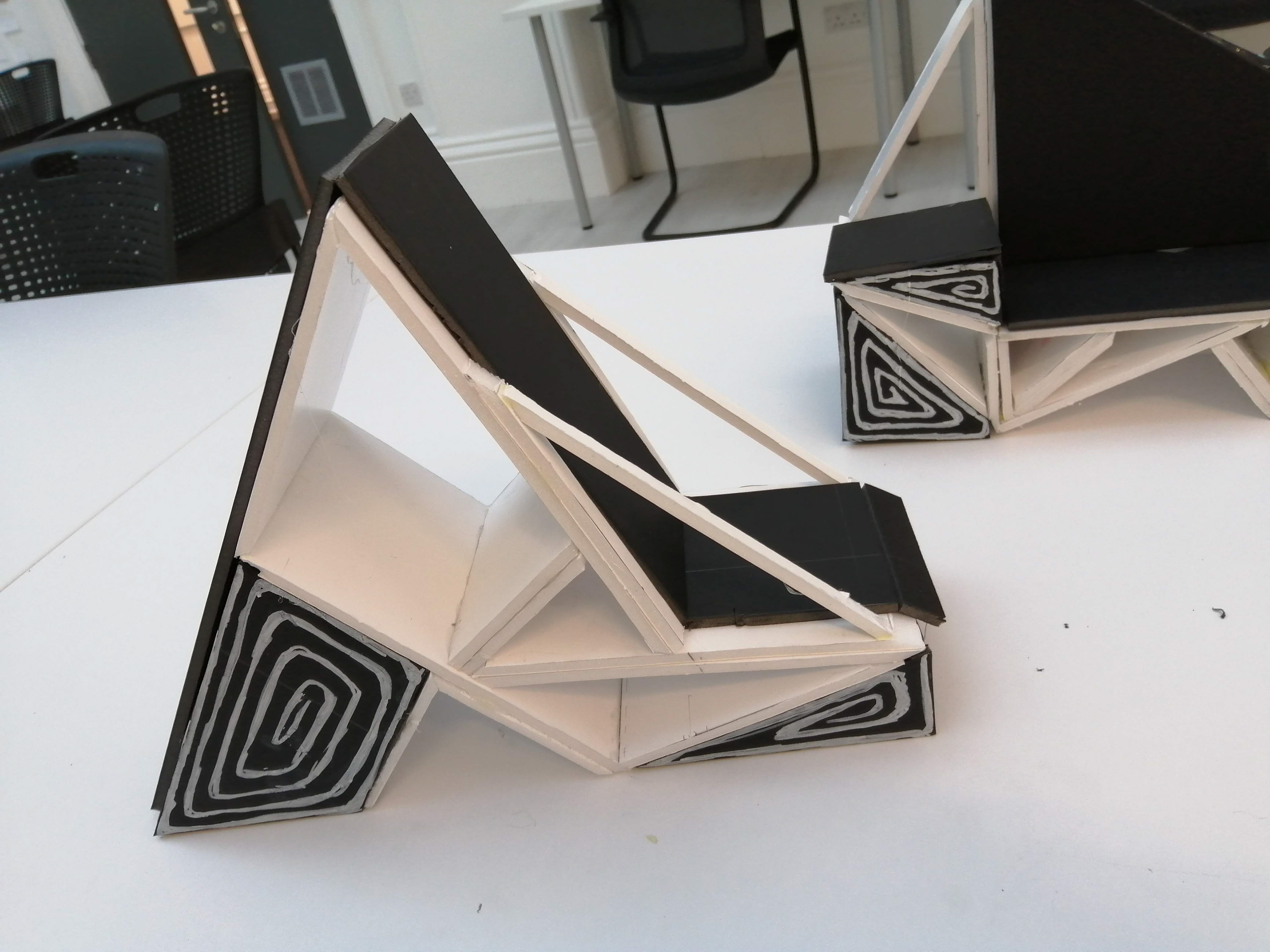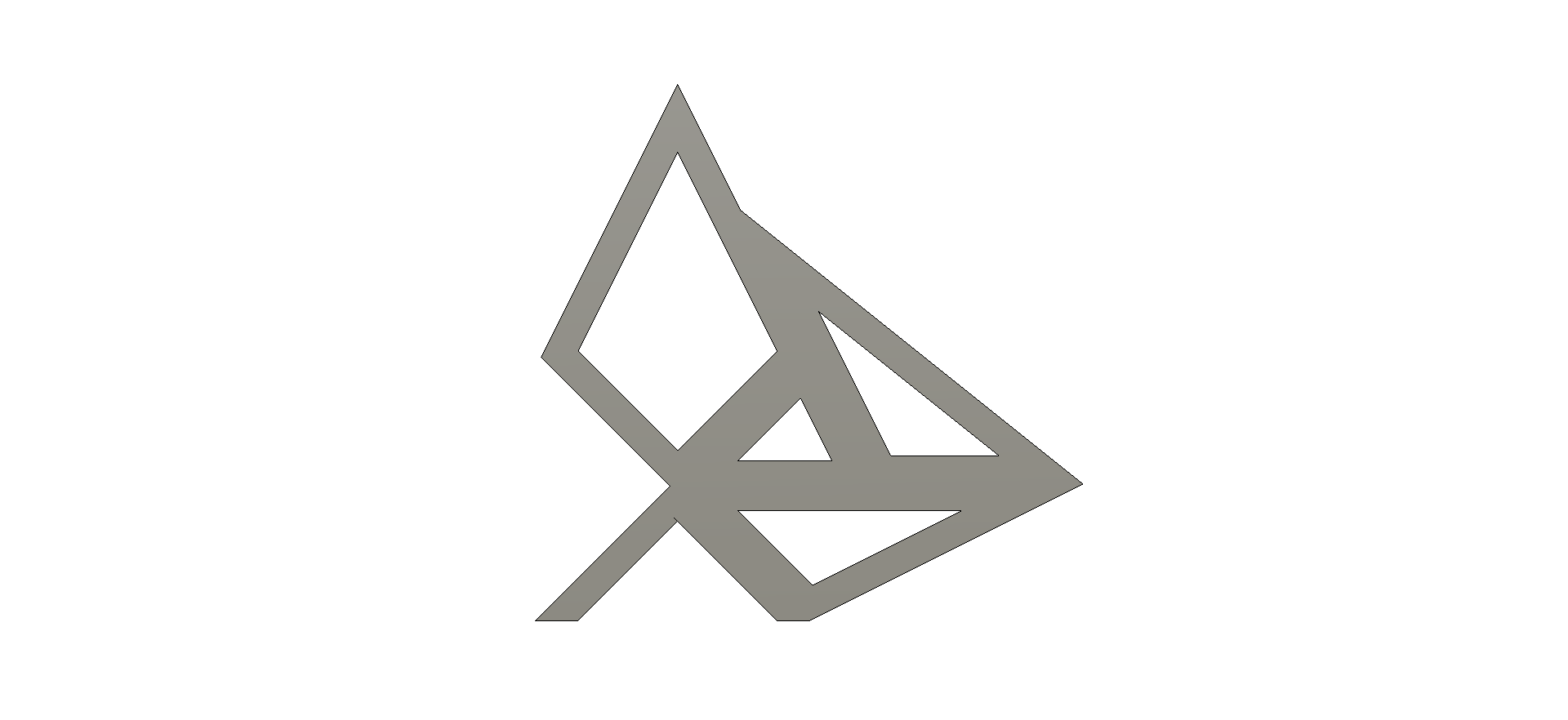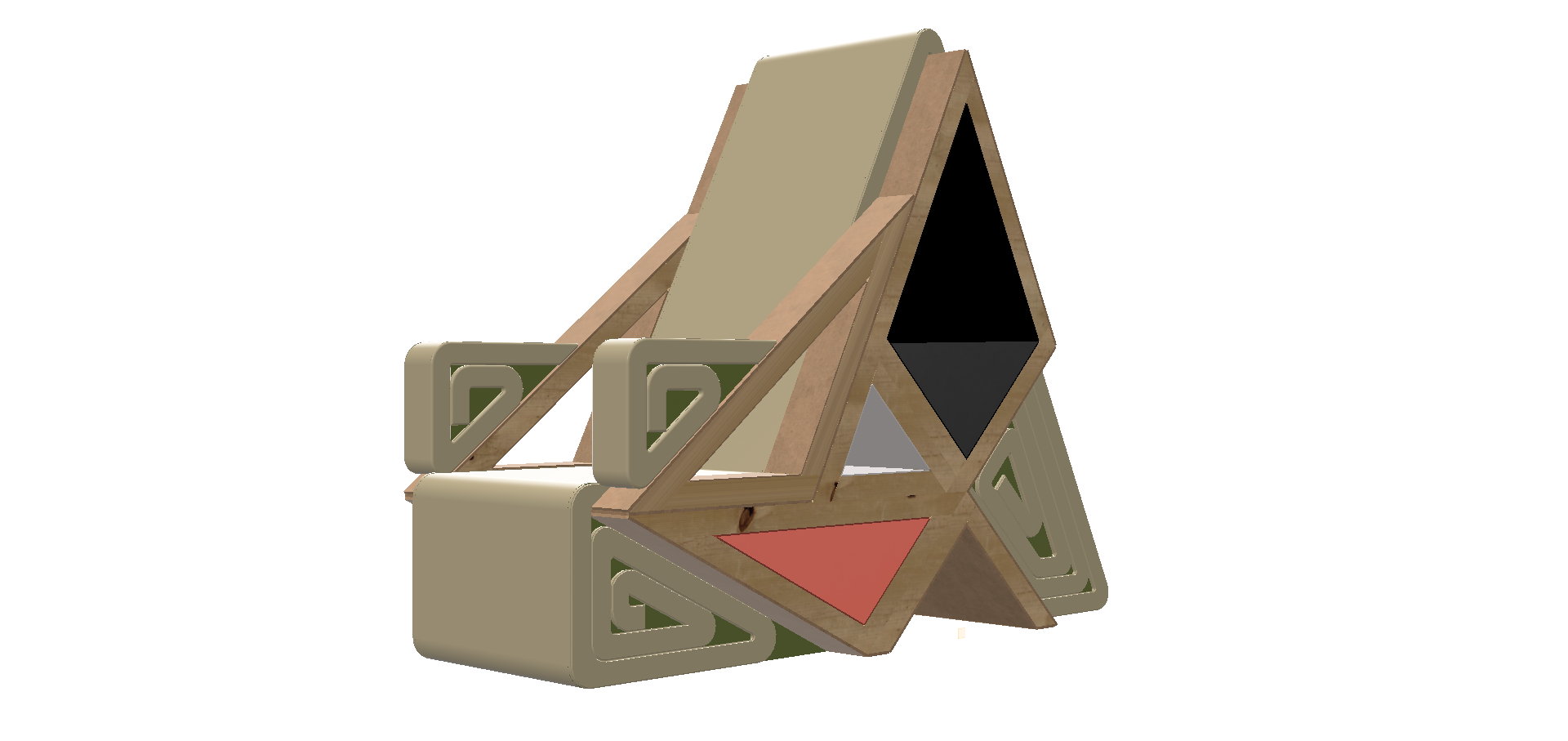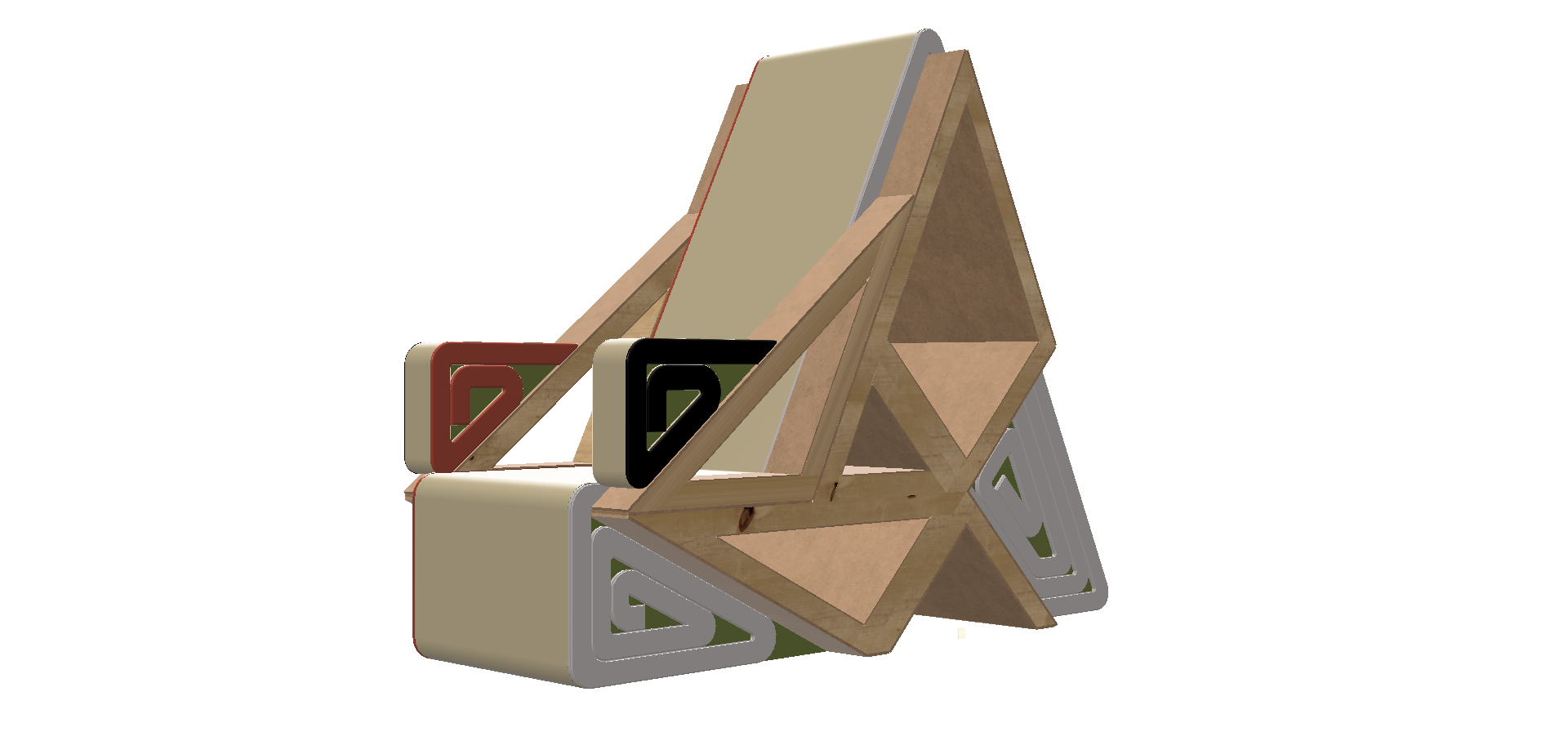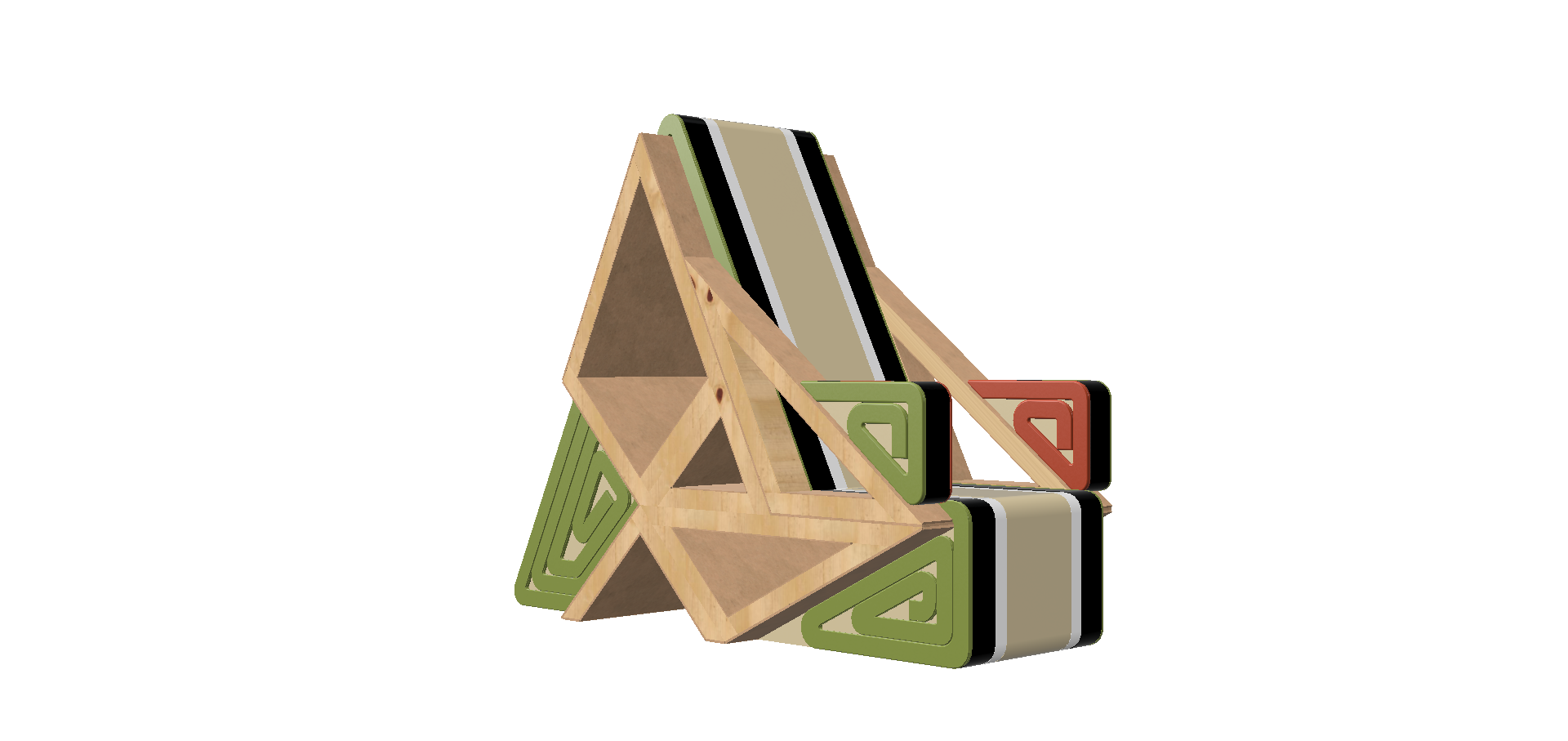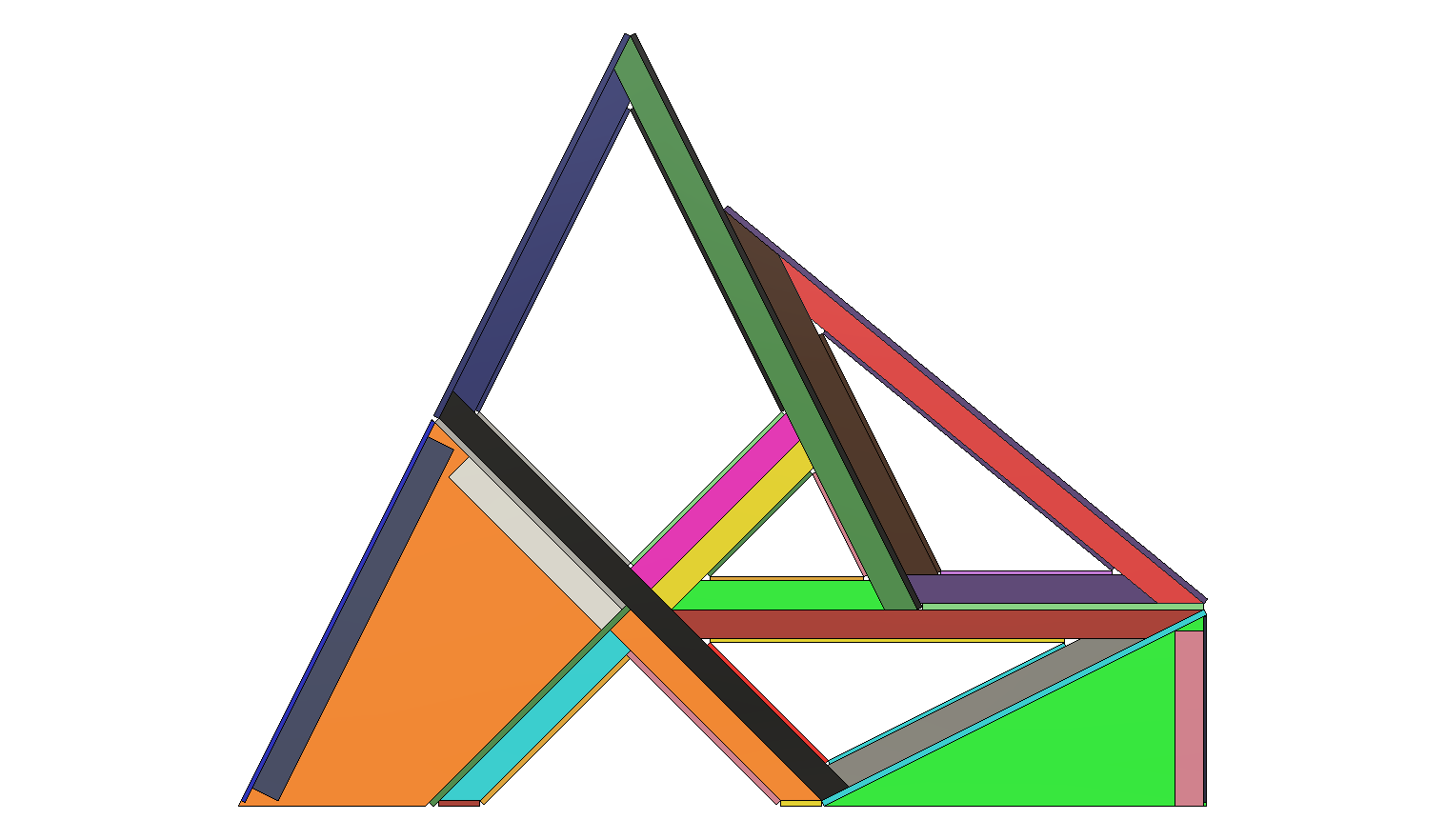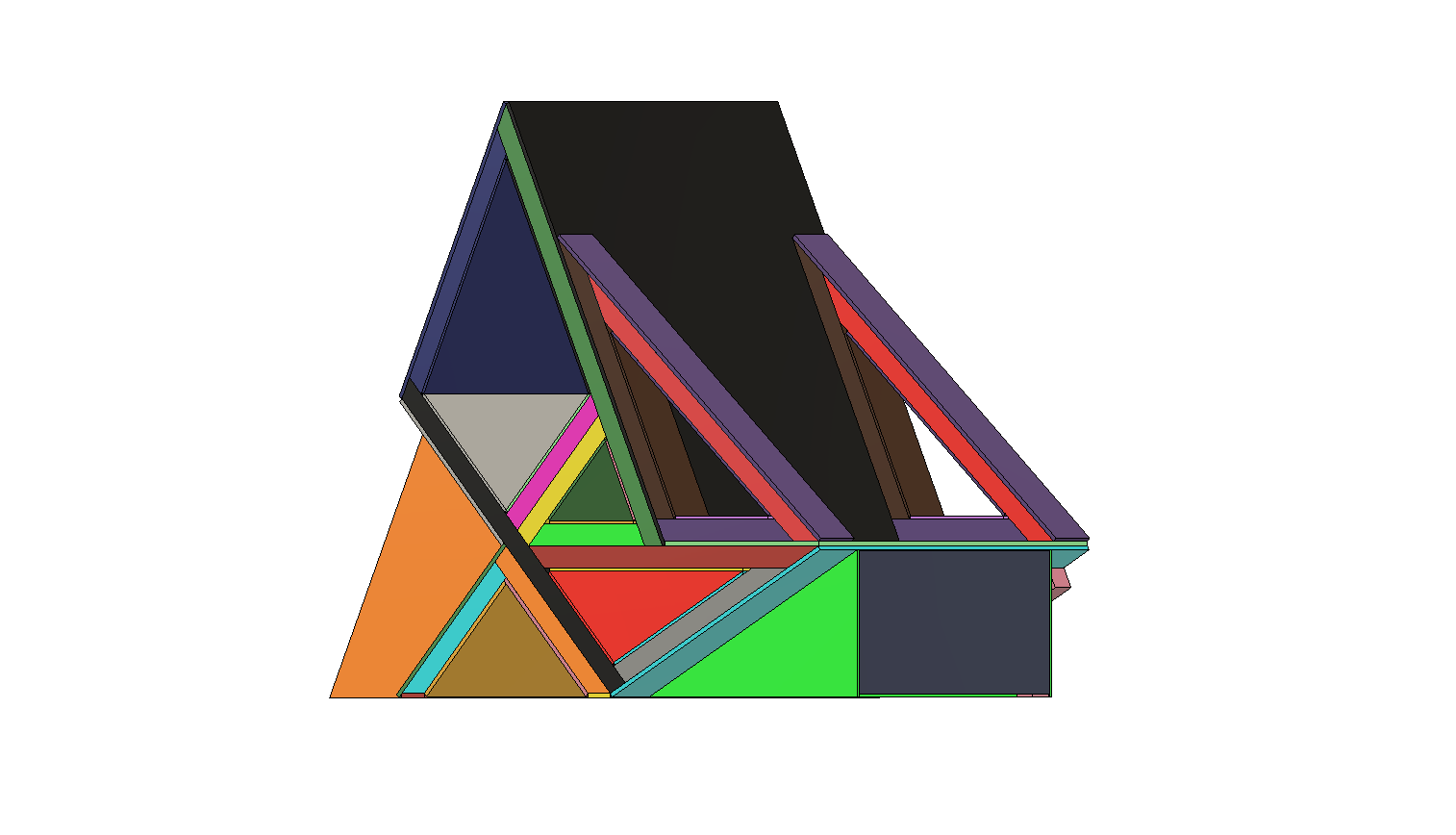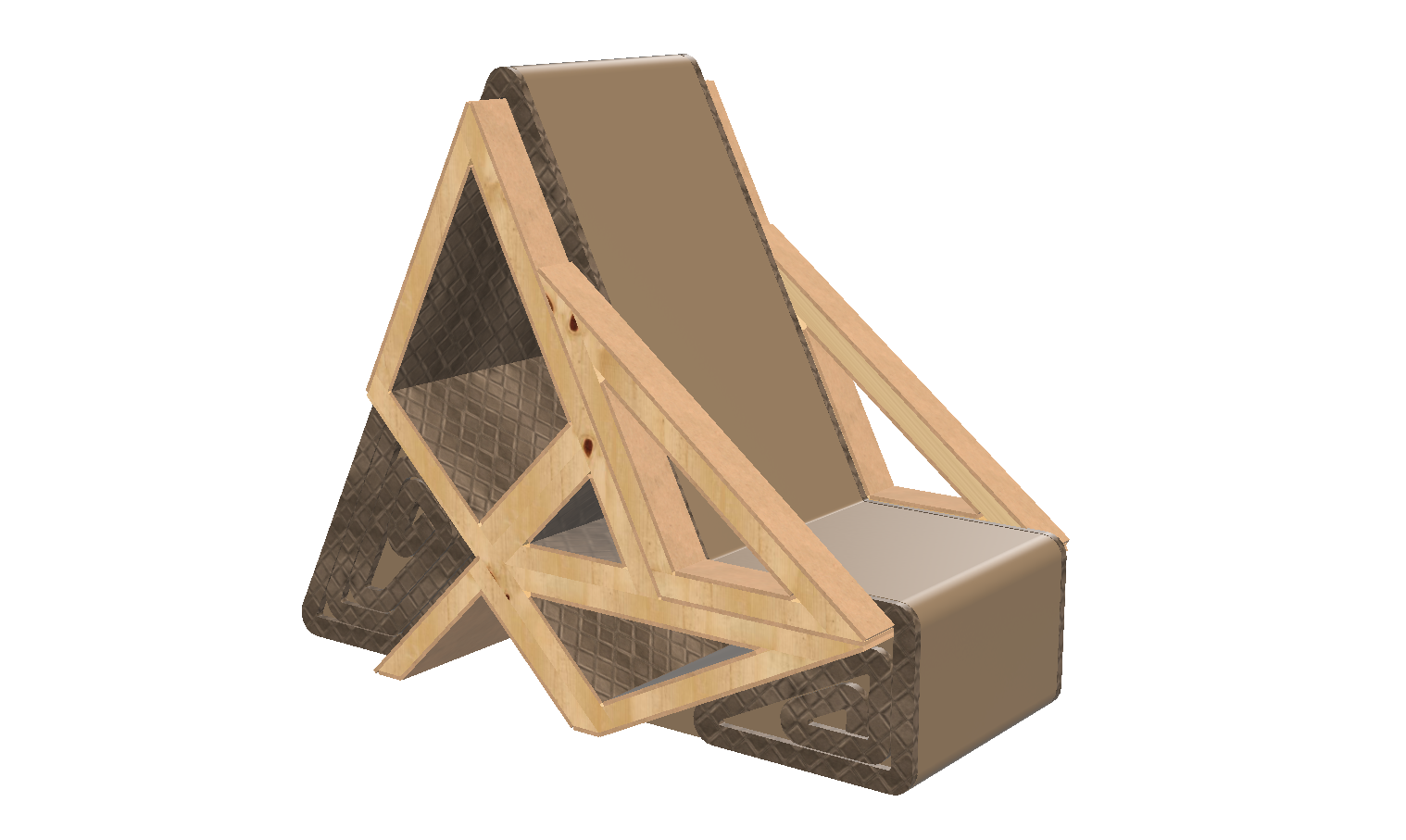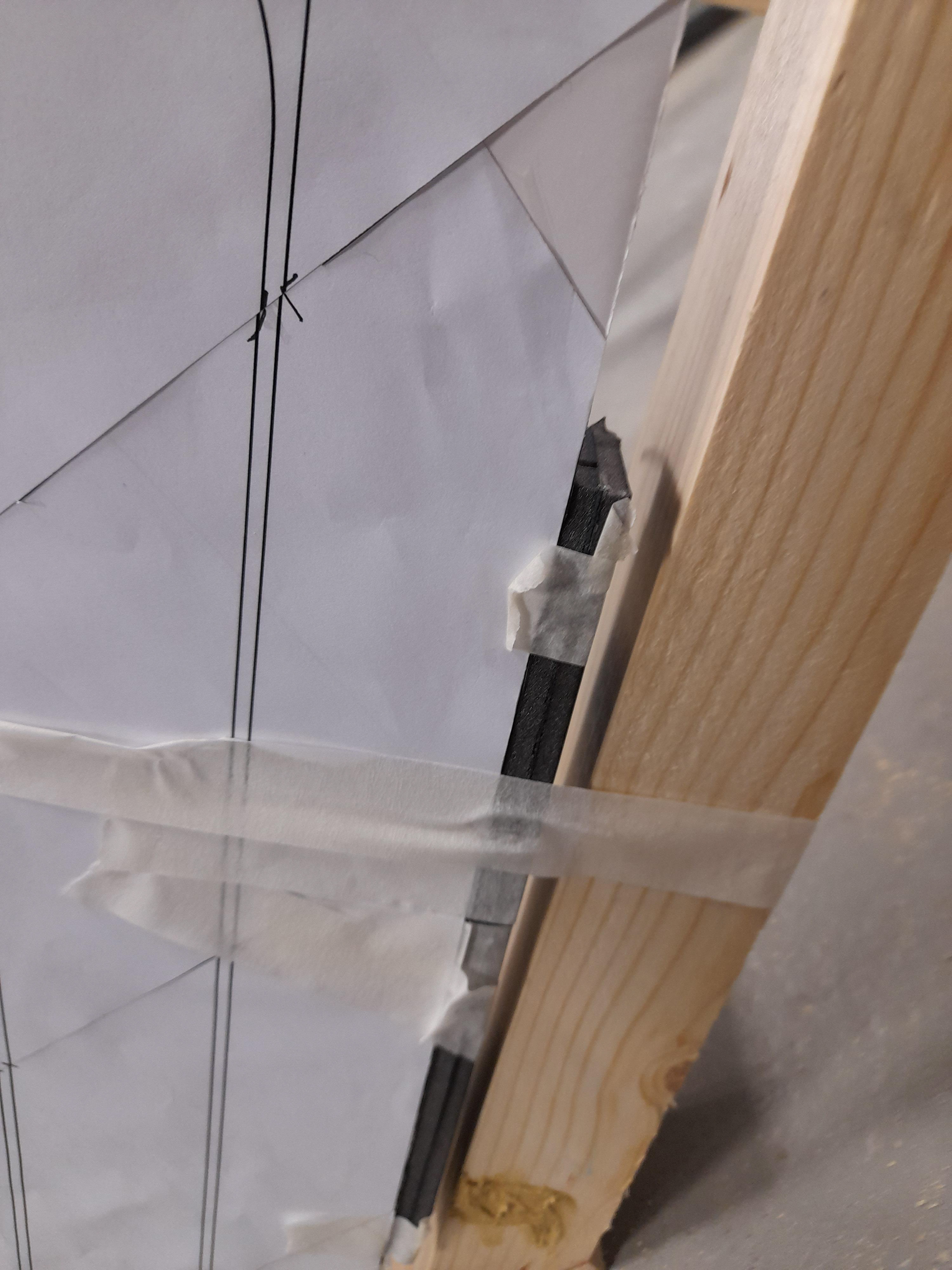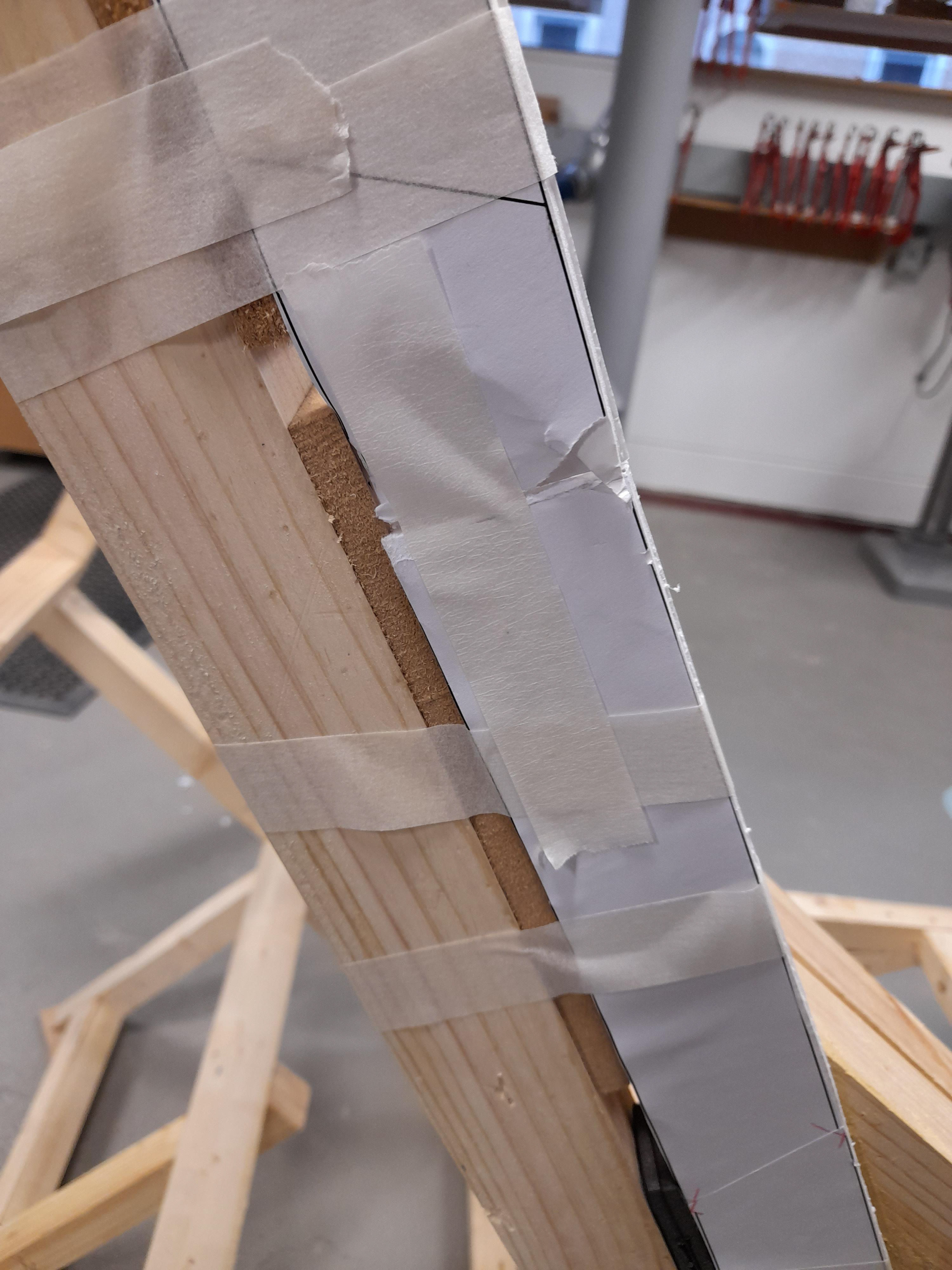Mustard yellow section
G.A lounge set


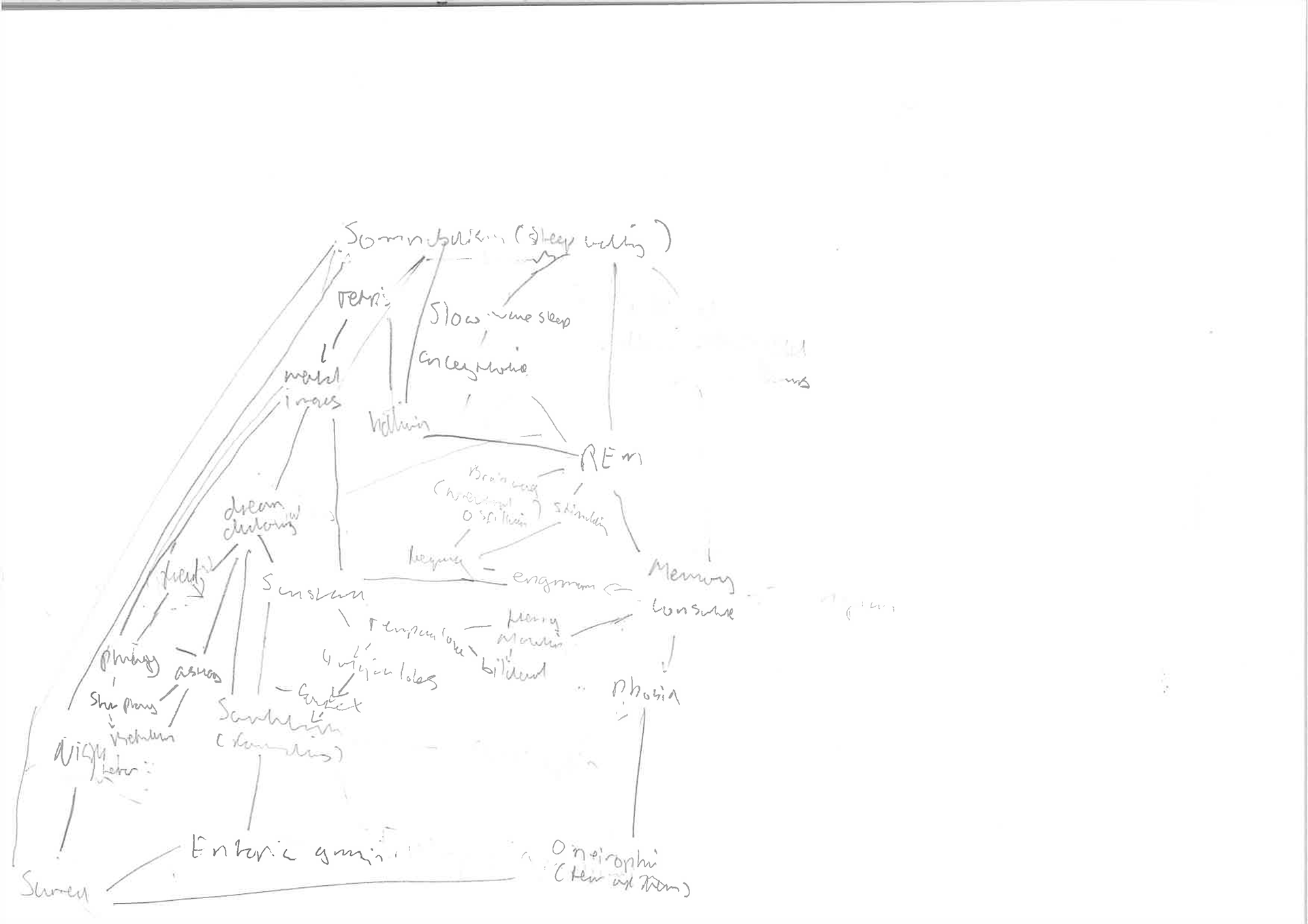
Somnambulism means sleepwalking. This is where you are between asleep and being awake. It usually takes place during the slow-wave sleep stage, where you are most relaxed during sleep. In this stage acetylcholine levels in the brain are at a minimum so that memories can be consolidated into longer sequences. All the memories of the day are being processed. In sleeping and dreaming by Monem states that ''This process of stabilisation, called 'consolidation', enables the new memory representations created through learning throughout the day to be strengthed during subsequent sleep, and thus to be better retained'' (2007, p.63).
After this stage, you enter REM sleep. This is where you dream the most but to ensure you don't act out the brain prevents the muscles from functioning. Because the dreams are more vivid you can recall them (when awake) easier than the slow-wave stage. Yet there are cases in which individuals wake up and immediately start seeing aspects of the dream. This is referred to as sleep-related hallucinations. These hallucinations can be related to night terrors which I will discuss later on. By preventing the body from moving during REM, Monem describes it as ''to sustain sleep even when the sleeper is having anxiety dream, leading some commentators to dub the REM stage the true guardian of sleep'' (2007, p.88). In some cases, the person who suffers from somnambulism may be able to recall what they did in that state through hallucinations. Since slow-wave sleep is more of a declarative memory process, REM is the opposite which nondeclarative. This is where non-conscious knowledge gained throughout the day is stored to improve skills such as everyday activities. While in Rem the brain waves are similar to being awake. Thus they have a similar frequency that stimulates the brain in learning unknowingly. Therefore the memory consolidation and brain frequency are used to create input information that changes the brain which furthermore means engram.
In Indian philosophy, an engram can be considered as a samskara (mental impression). Meaning past experiences/memories. This is in some way still related to memory consolidation. Yet is more in line with remembering a mental image instead of an entire memory sequence. Subsequently, mental imagery relates to sleep hallucinations as well. Tetris effect is a mental effect where if you focus or give too much time to a particular task it begins to appear in your dream as still or moving images. Hence this is why some people state that they came up with a solution for a real-life problem while dreaming. However, these mental images can be difficult to understand at times. People tend to look for solutions to unloving them either by using a dream dictionary or even seeking help from a psychiatrist. Although a dream dictionary is an odd choice, people use it because ''for all its disorientating strangeness, looking at the picture is like gazing into a mirror reflecting mental states and predicaments familiar to us all''( Condo & Rugoff, 2011, p.11). The picture or in actual case symbols within the dictionary help place the mental images into a formation that makes the dreamer understand what is happing. Also within Indian philosophy, there is a term used to describe this called Saṅkhāra, which refers to mental disposition. Therefore what is the characteristics of the person's mind and how it can be affected?. Well, Saṅkhāra can also be translated into fabrications which means the process of coming up with something. If the person mind was injured then this could affect their memory process. For example, a man Henry Molaison had his temporal lobe partially removed( the part removed was bilateral symmetrical to what was left) to help with his epilepsy. At the time of surgery, the surgeons weren't aware by doing this procedure would affect the man's capacity to create new memories. The temporal lobe is part of the 4 major lobes of the brain which is covered by the cerebral cortex. The cortex is significantly important due to how it fabricates the correct functions to understand sensations related to our senses.
A dream dictionary can be difficult to understand with its vast meanings for each symbol. Therefore an alternative method described by Sigmund Freud was called dream operations. Which consisted of organising the dreams into four aspects which were: Condensation, displacement visualization and symbolism. All four can refer to the term oneiromancy, meaning how dreams are interpreted to create a fortune or prophecy of a future event. Hence I believe this will happen cause I saw this in a dream. This all depends on the person imagination because ''The imagination invents more than objects and dramas-it invents a new life, a new spirit; it opens eyes which hold new types of visions'' (Bachelard, 1983, p.16). The visions or prophecies (if the person chooses so) are then taken to be reaffirmed which involves using astrology (which is already used in dream dictionaries). The best example I can think of is the star prophecy which refers to the star of Bethlehem which leads to the birth of Jesus ( i won't go into detail about his since the story of Jesus birth is widely known).
''What, then, is this horrible form that is never seen? It is the being that we see when our eyes are closed, the being about which we talk when we can no longer express ourselves. Our throat tightens our features are convulsed and free in an unspeakable horror. Something cold, like water, touches our face, the monster in the night is a laughing medusa'' (Bachelard, 1983, p.104).
The text above written by Bachelard is referring to how if we are unable to make sense of dreams it can eventually plague the mind becoming a night terror or nightmare. These dreams can be described as an unfriendly surreal event that has taken place in your head. So in one word, you can describe it as bizarre. However bizarre the dream is it can't be acknowledged by another person since they can't imagine what is taking place. Although people can witness other people bizarreness while sleeping by watching them for example speaking or walking while sleeping (Somnambulism). Odell & Le Blanc state in the book David lynch that ''Surrealism is not just a disingenuous collection of odd images but rather a way of expressing the unconscious mind...surrealism is the rejection of conventional cause-effect logic in favour of dream logic'' (2007, p.176). Therefore when dream logic gets out of hand, night terrors can become more apparent in the individual which can create two effects one that the individual eventually understands that the night terror is just a hallucination or it creates a phobia that the individual has to learn to live with. The phobia of dreams is called Oneirophobia.
Any phobia is an impurity to someone life. What I mean is that having a recurring fear will hinder the quality of life you lead. Hence you become part of a state that is dominated by fear. To resolve this issue, a psychologist can be recommended whose job is to diagnose where the fear comes from. By taking notes or whatever form that can be used for later reference, the psychologist can find a solution. By chance, there is a surrealist technique called Entopic graphomania. This is where lines are drawn between dots that indicate impurities or imperfections on paper. The paper can be blank, full of text, etc. It is up to the individual who undertakes the exercise to decide what is impure or not. Doing such a task is meant to reveal the hidden meaning of some kind. This is purely up to the individual. In some way, this is similar to how a psychologist pinpoints where the issues come from and thus tries to find the solution within them. The formations of lines can even be described as a glimpse into the person mind by how the lines are a formation of their thinking. Hence this relates to Saṅkhāra.
Bibliography:
Bachelard, G. (1983) Water and dreams: an essay on the imagination of matter. Dallas: The Dallas Institute Publications.
Condo, G. & Rugoff, R. (2011) Mental states. London: Hayward.
Monem, N. K. (2007) Sleeping and dreaming. London: Black Dog.
Odell, C. & Le Blanc, M. (2007) David Lynch. Harpenden: Kamera.
Webster, R. (2005) Why Freud was wrong: sin, science, and psychoanalysis. Oxford: Orwell.
Wood, G. (2007) Surreal things: surrealism and design. London: V&A.
